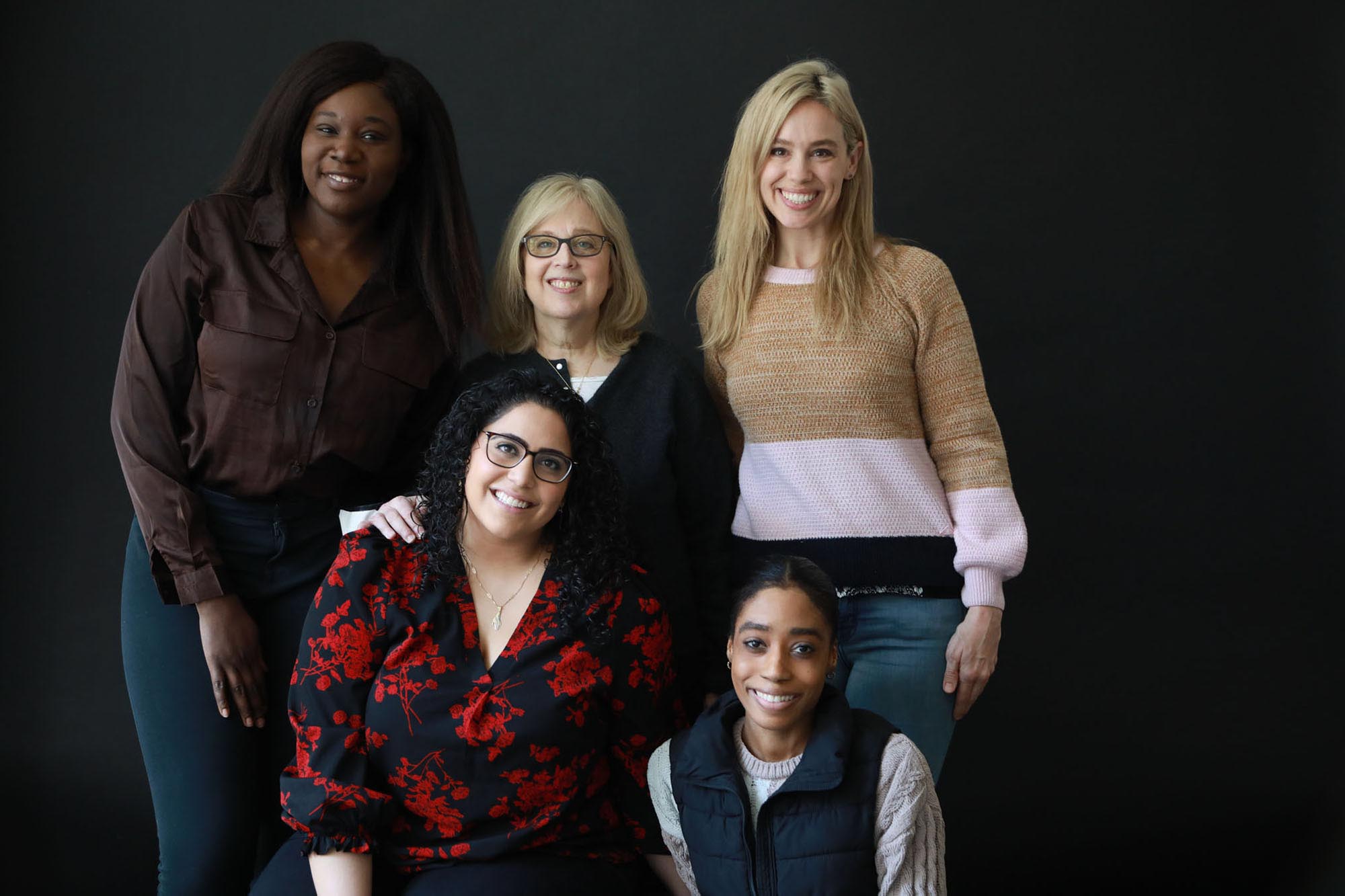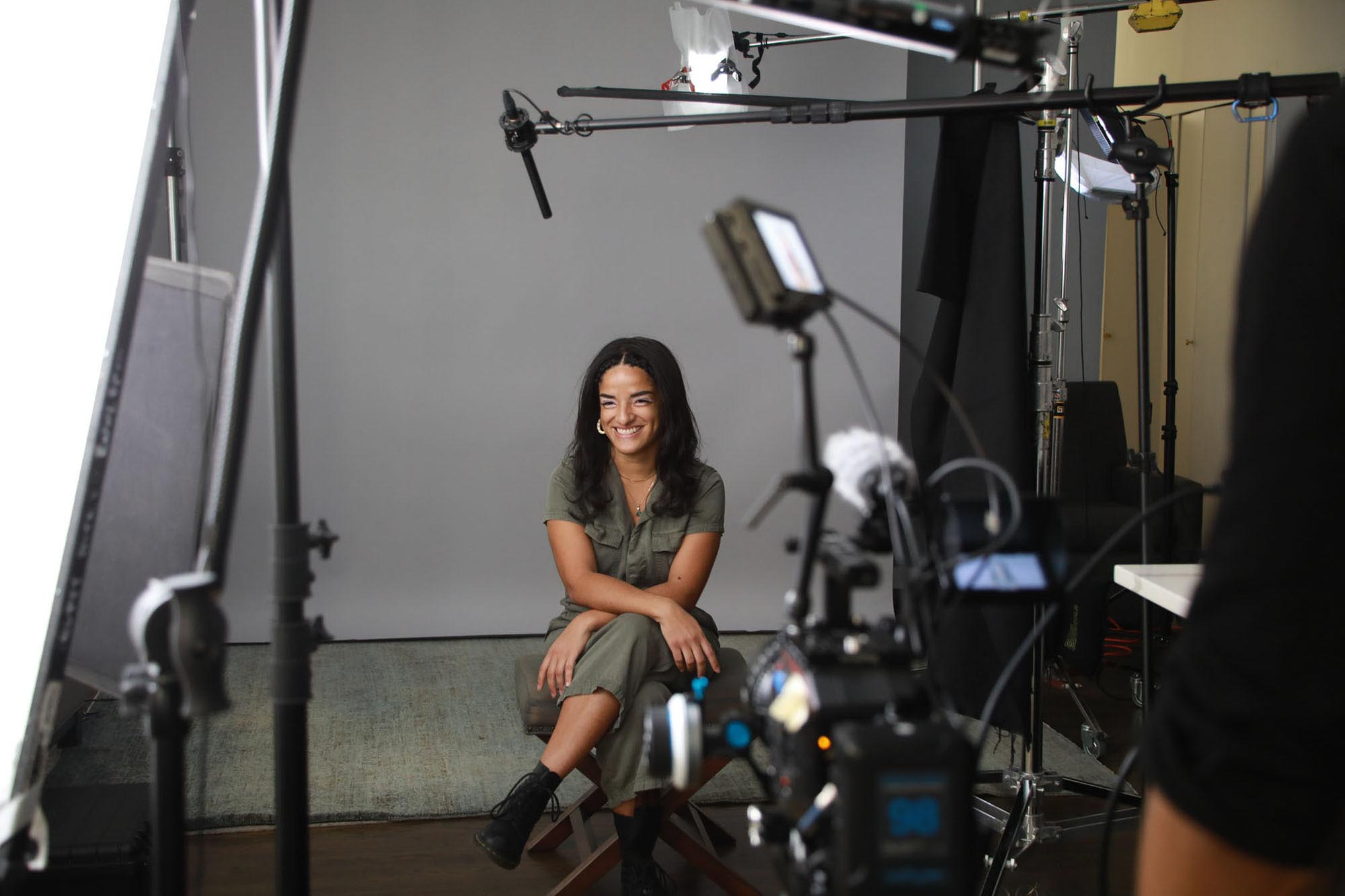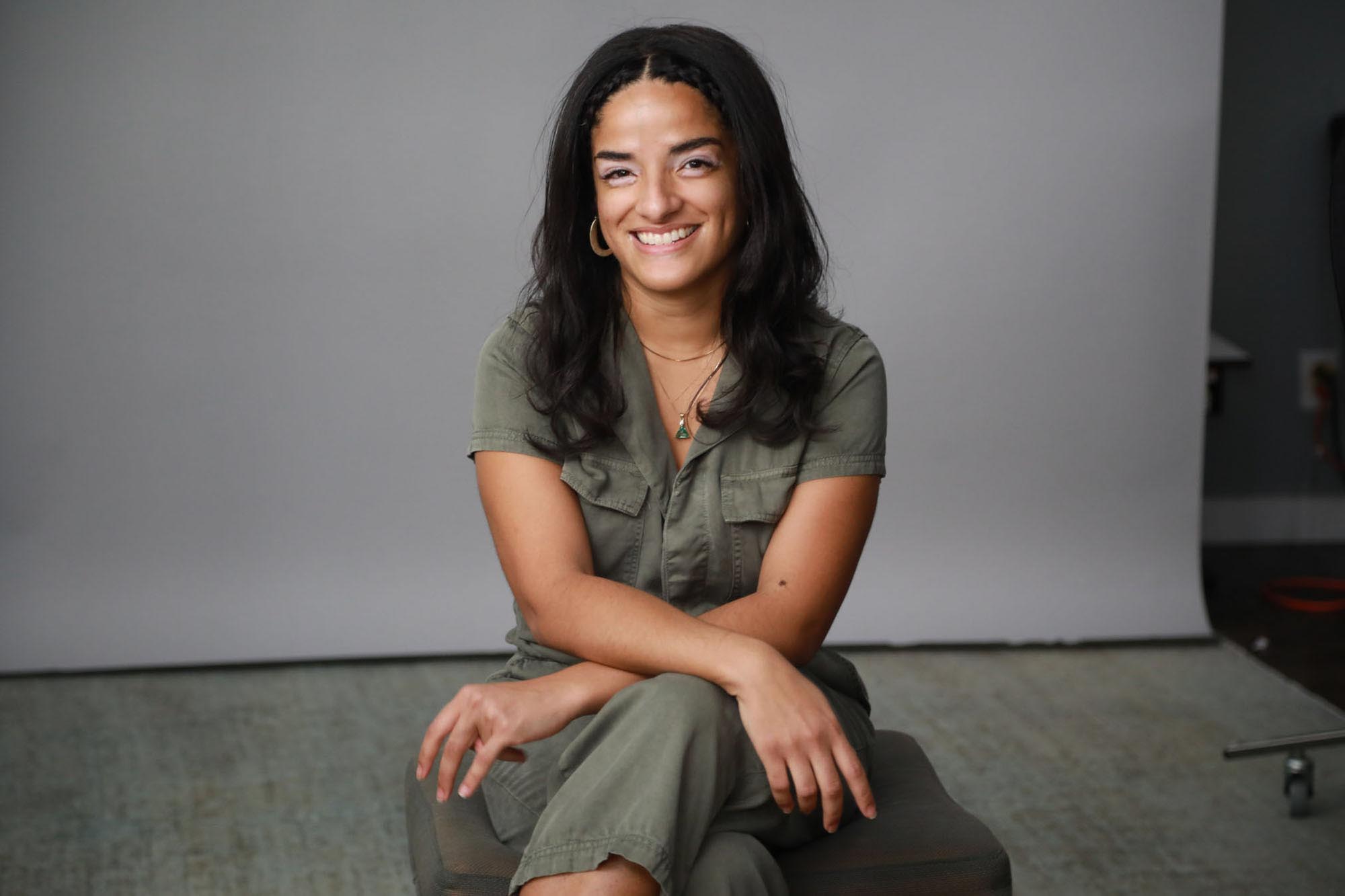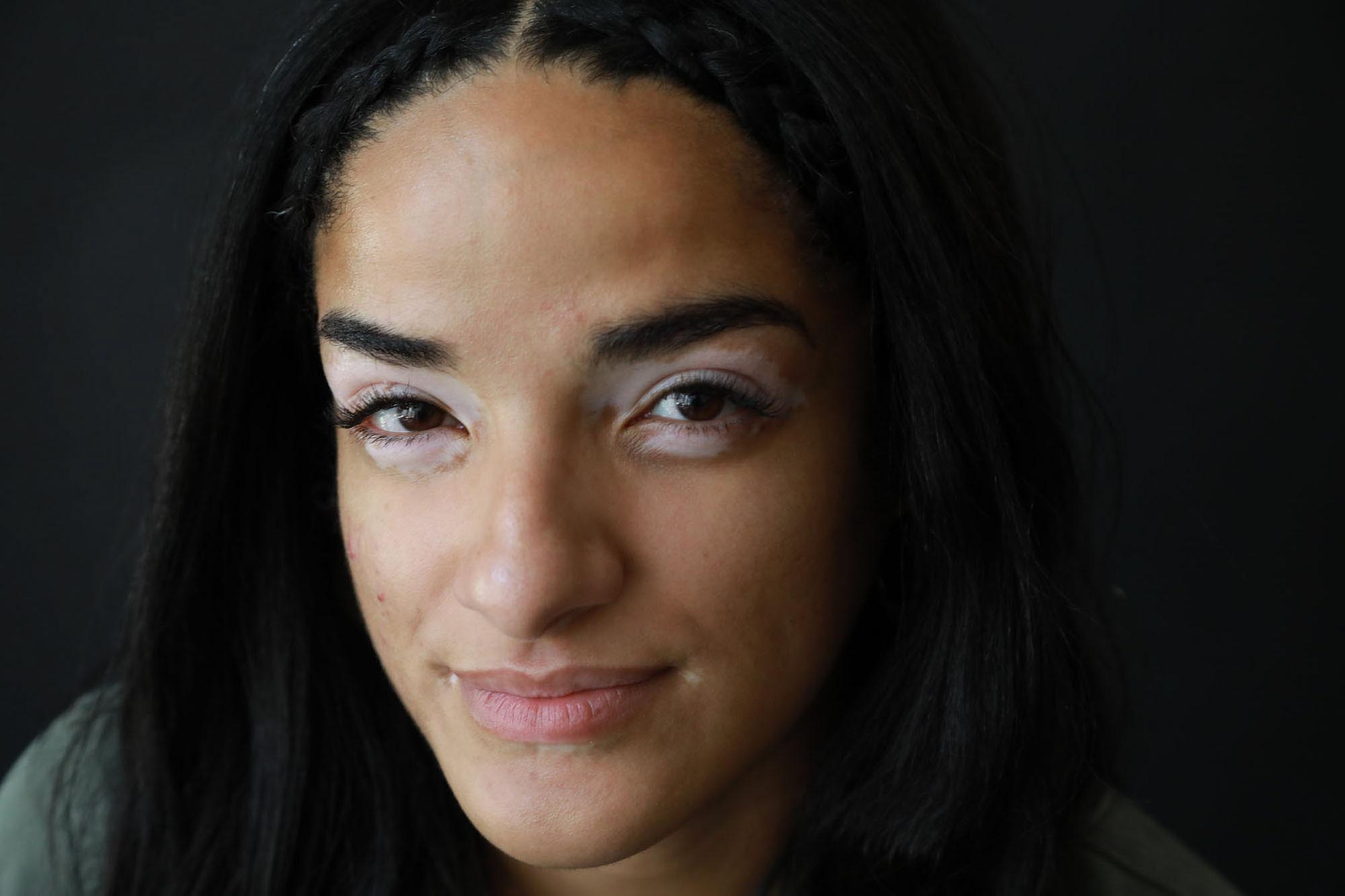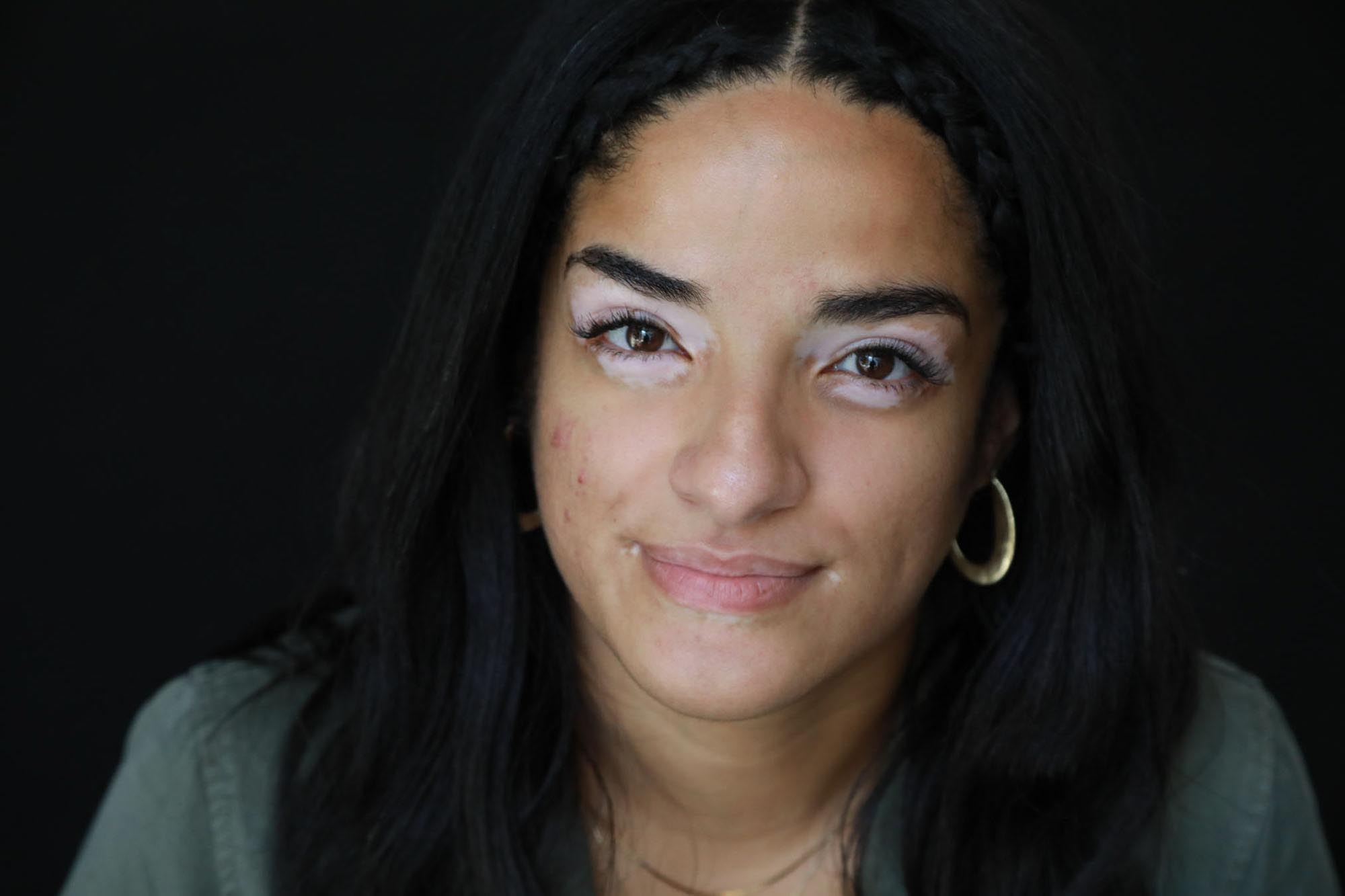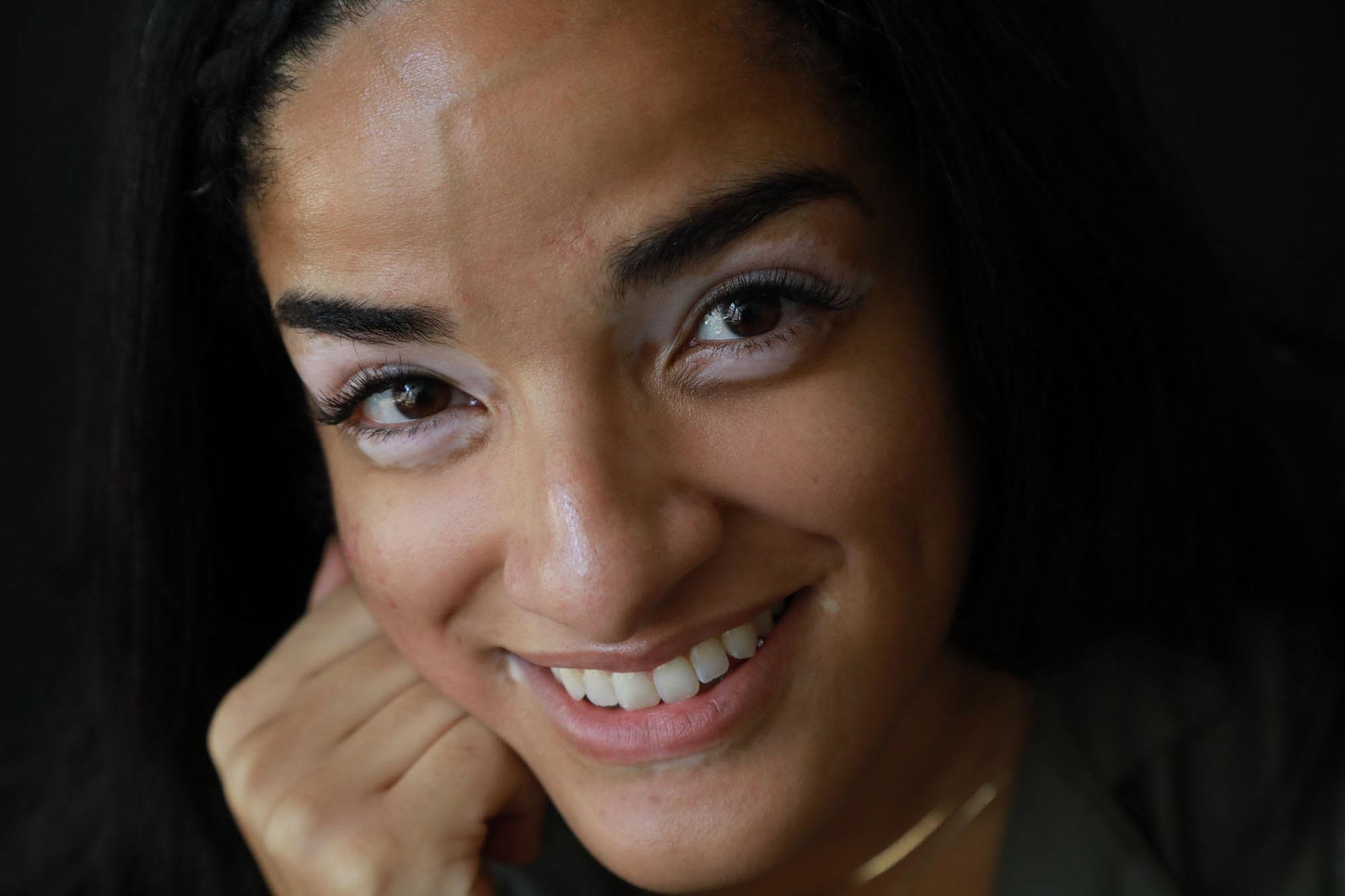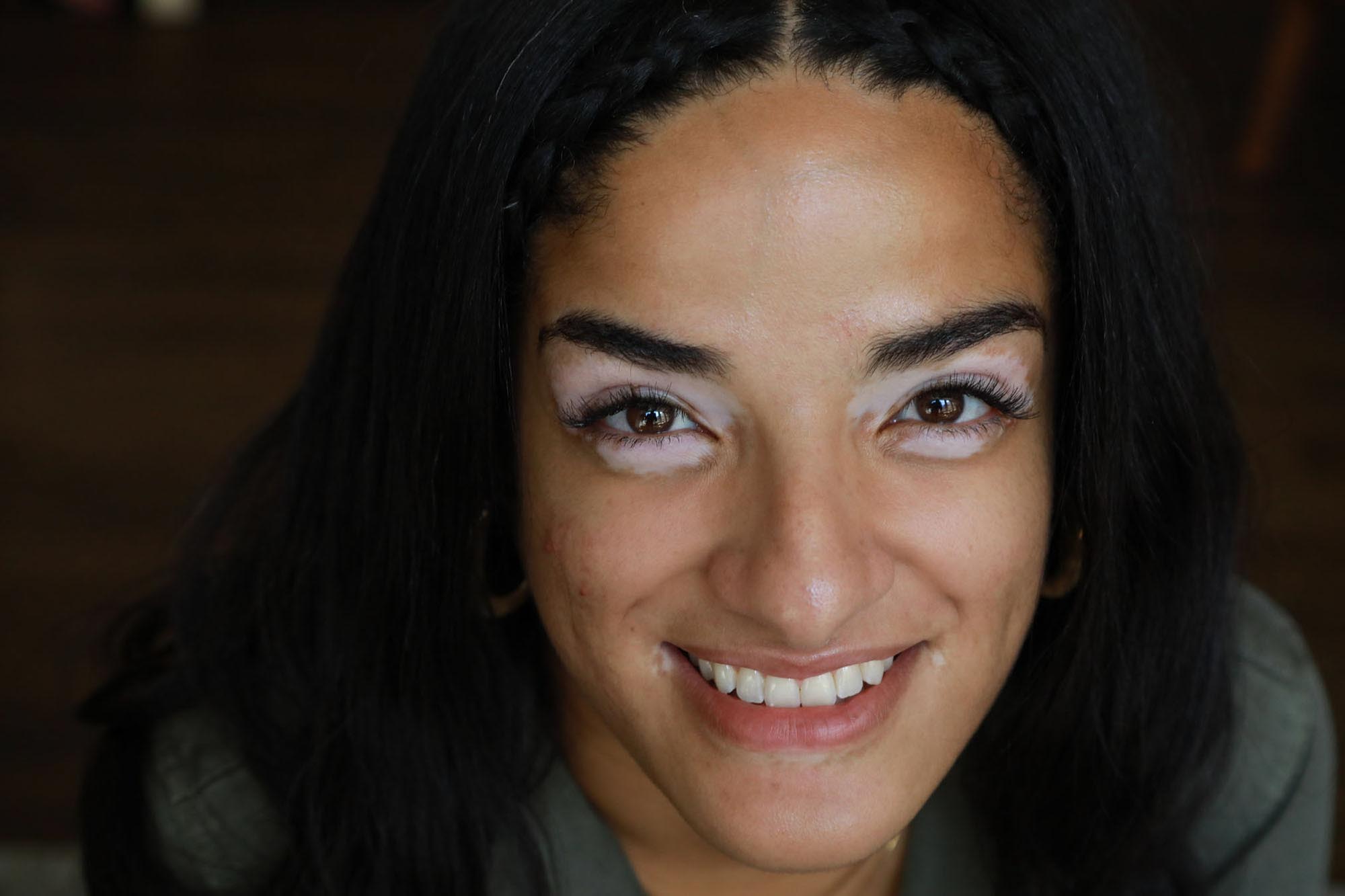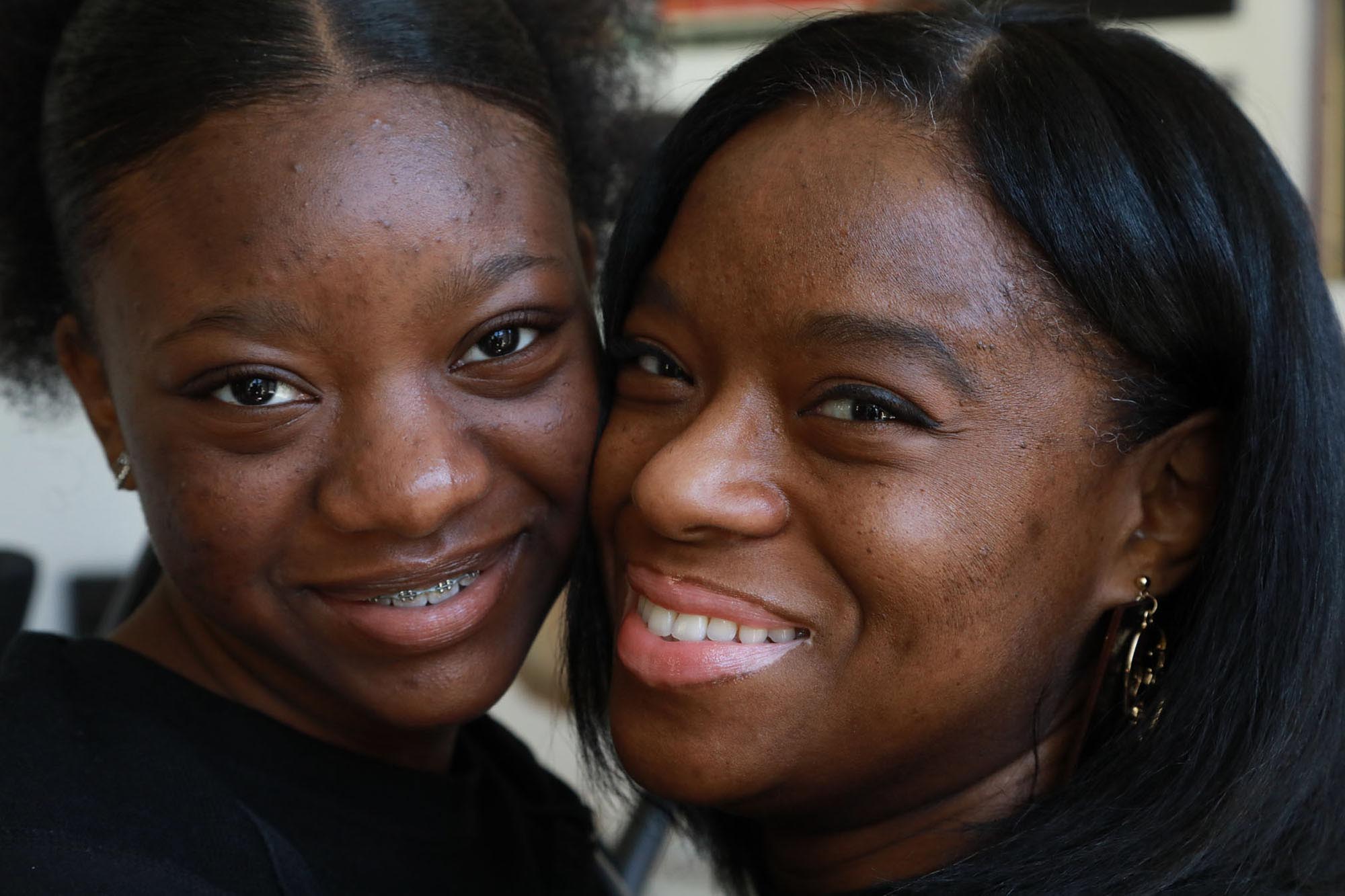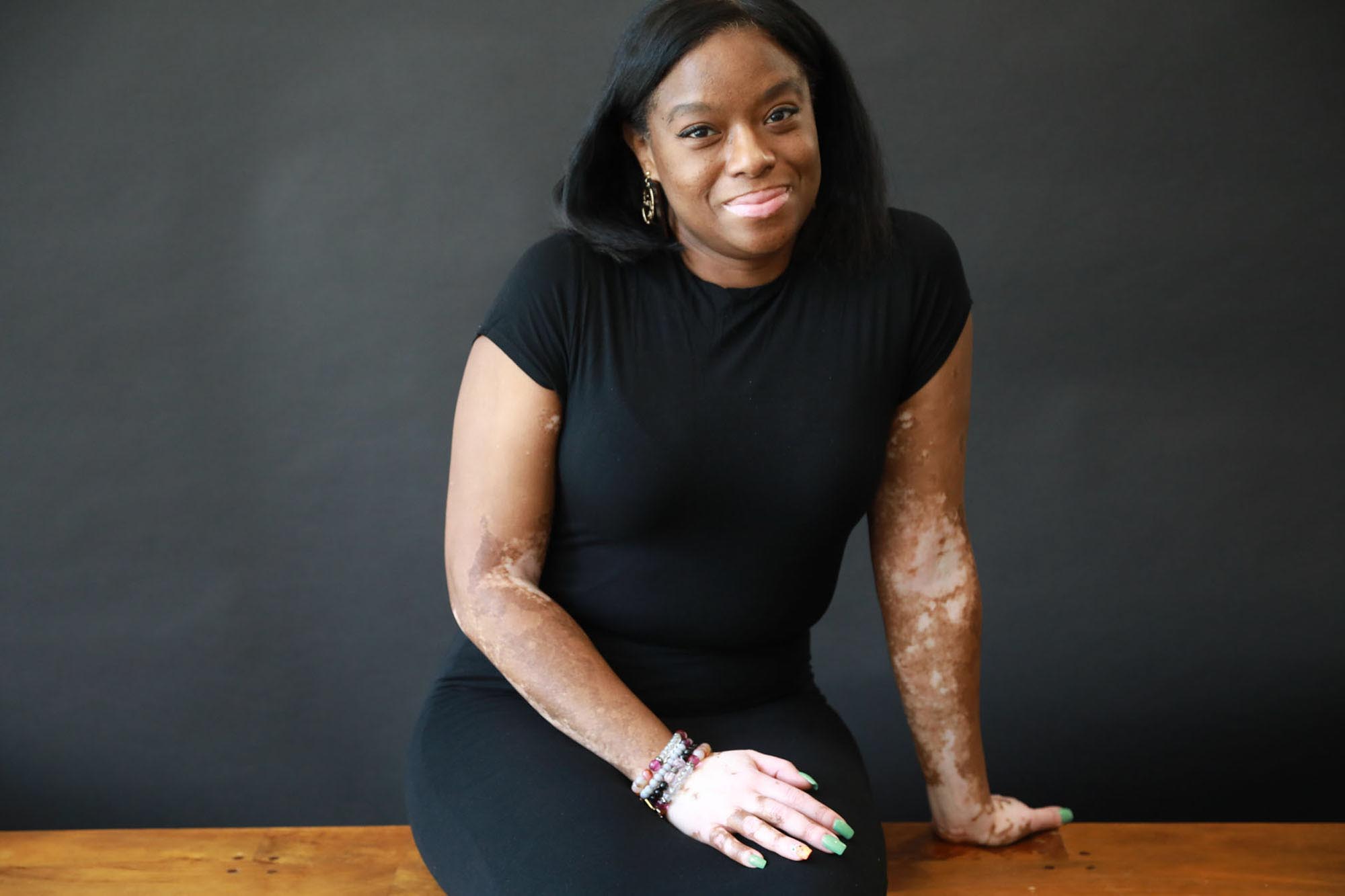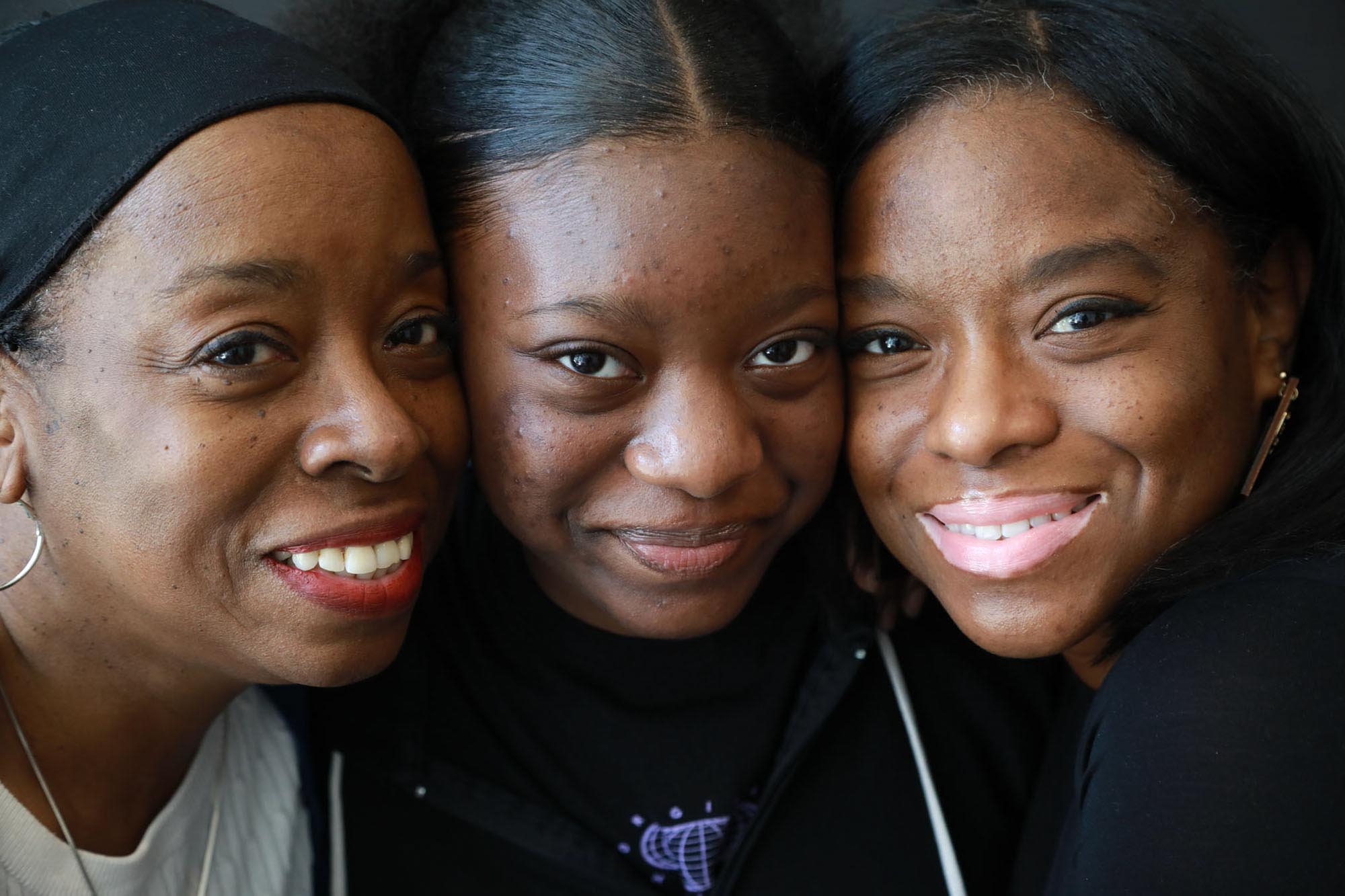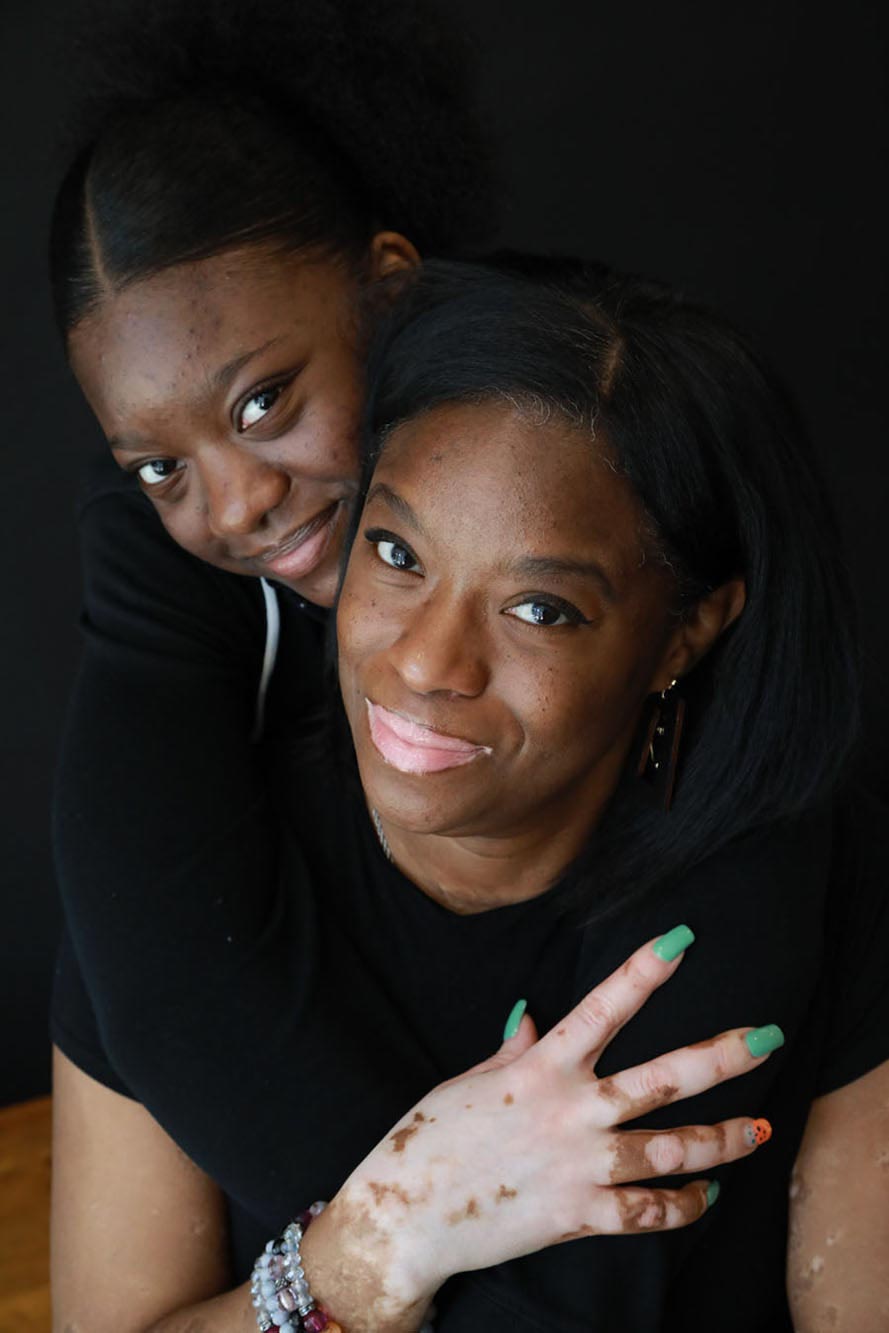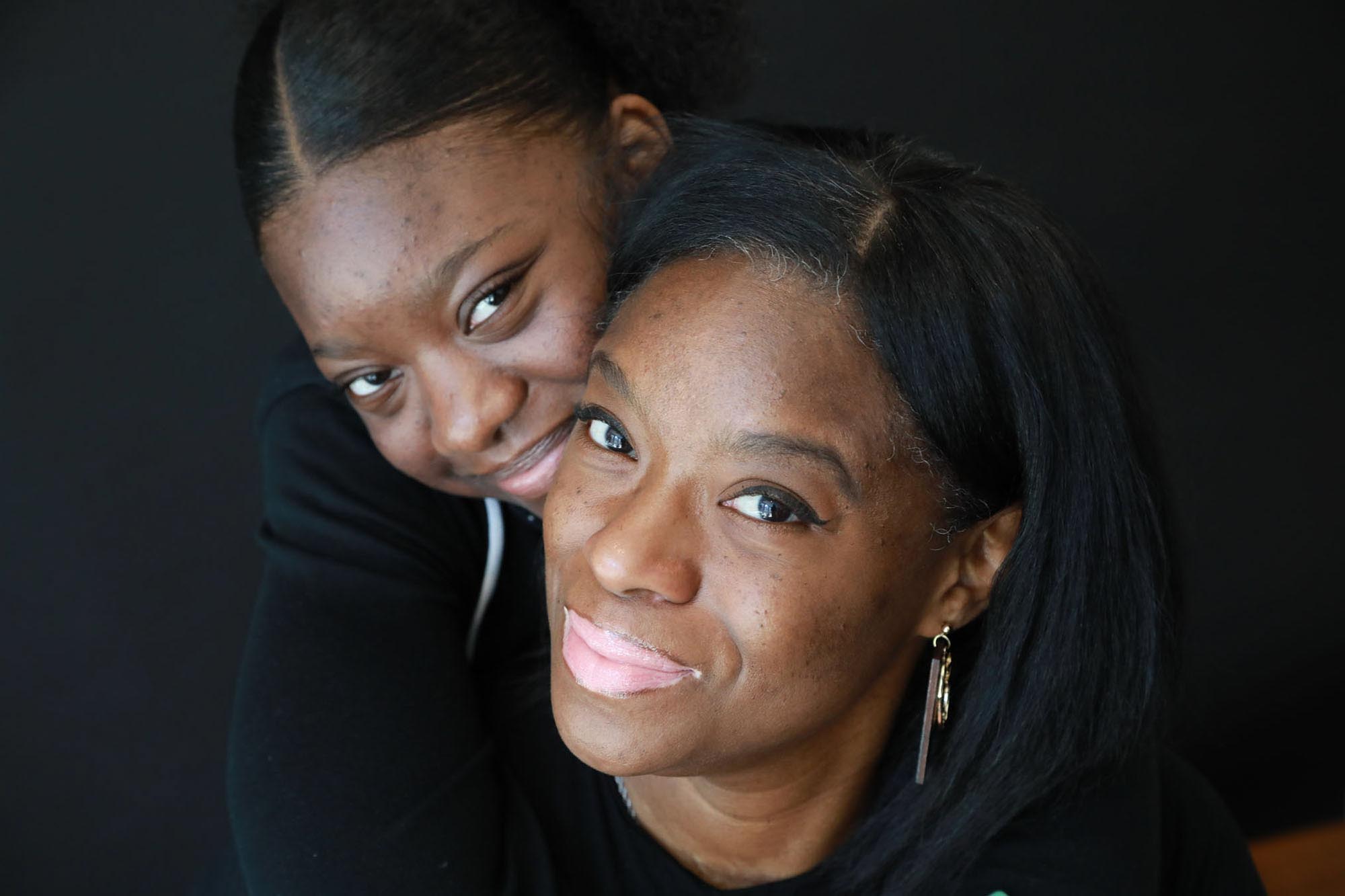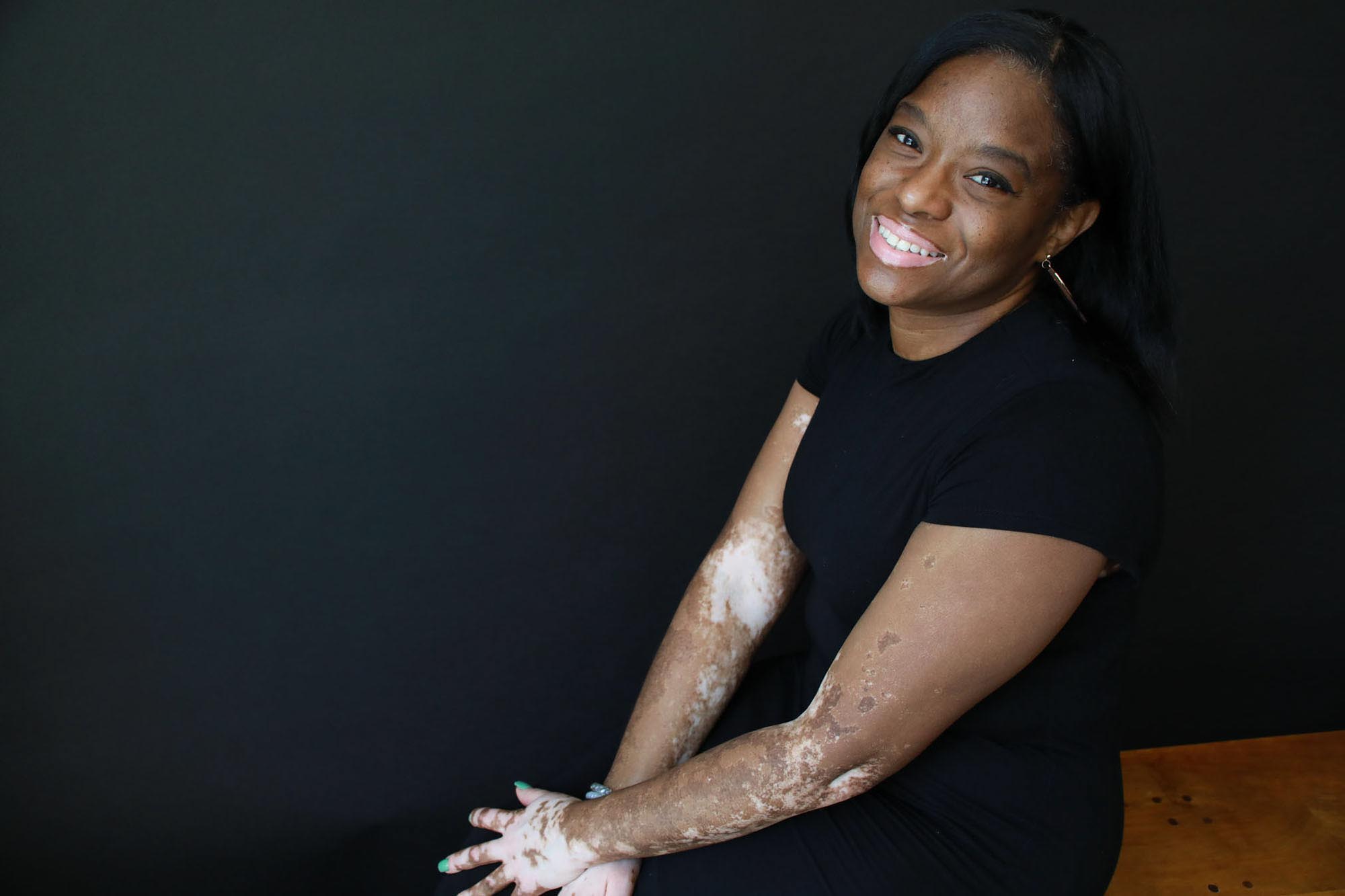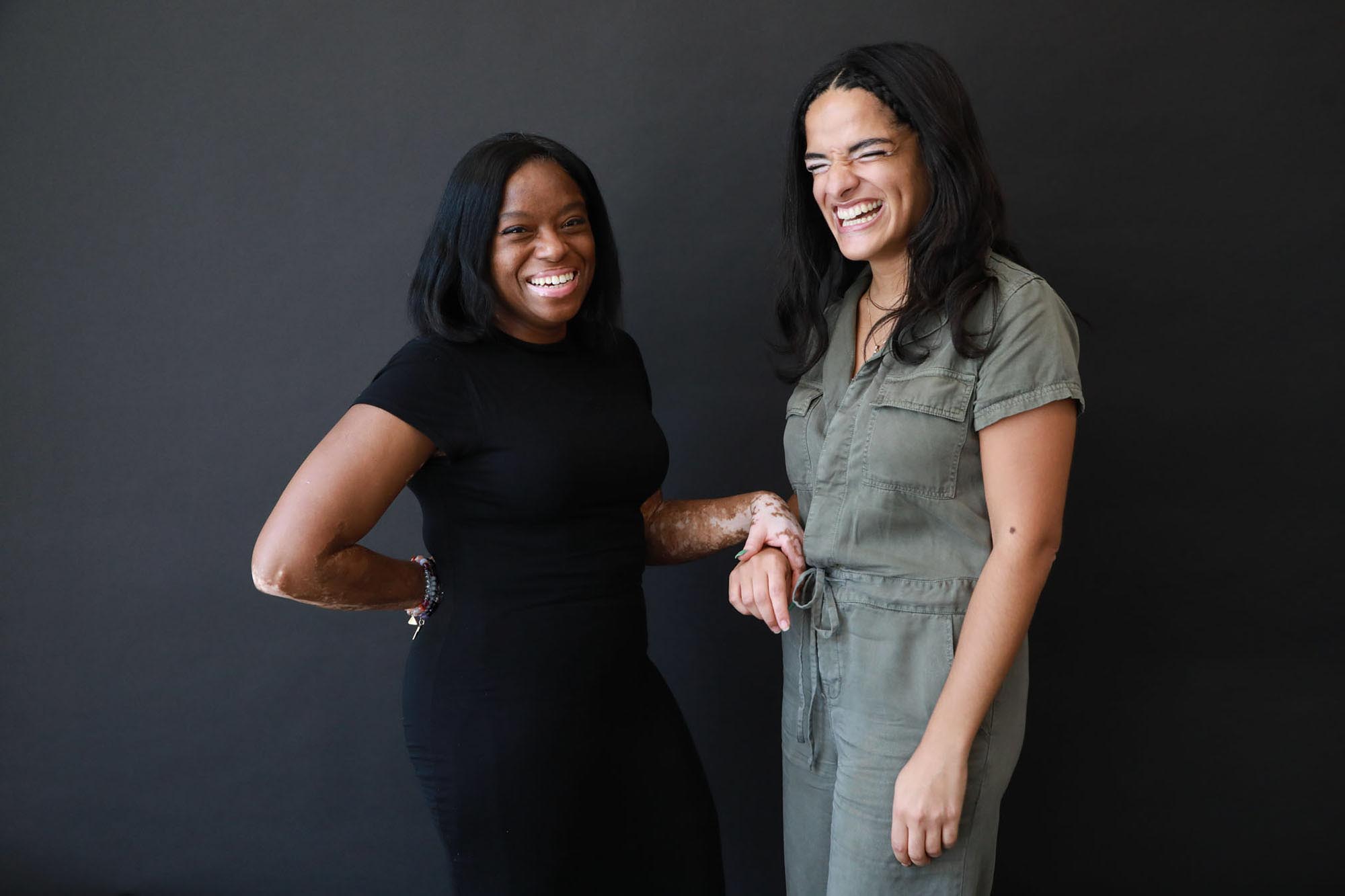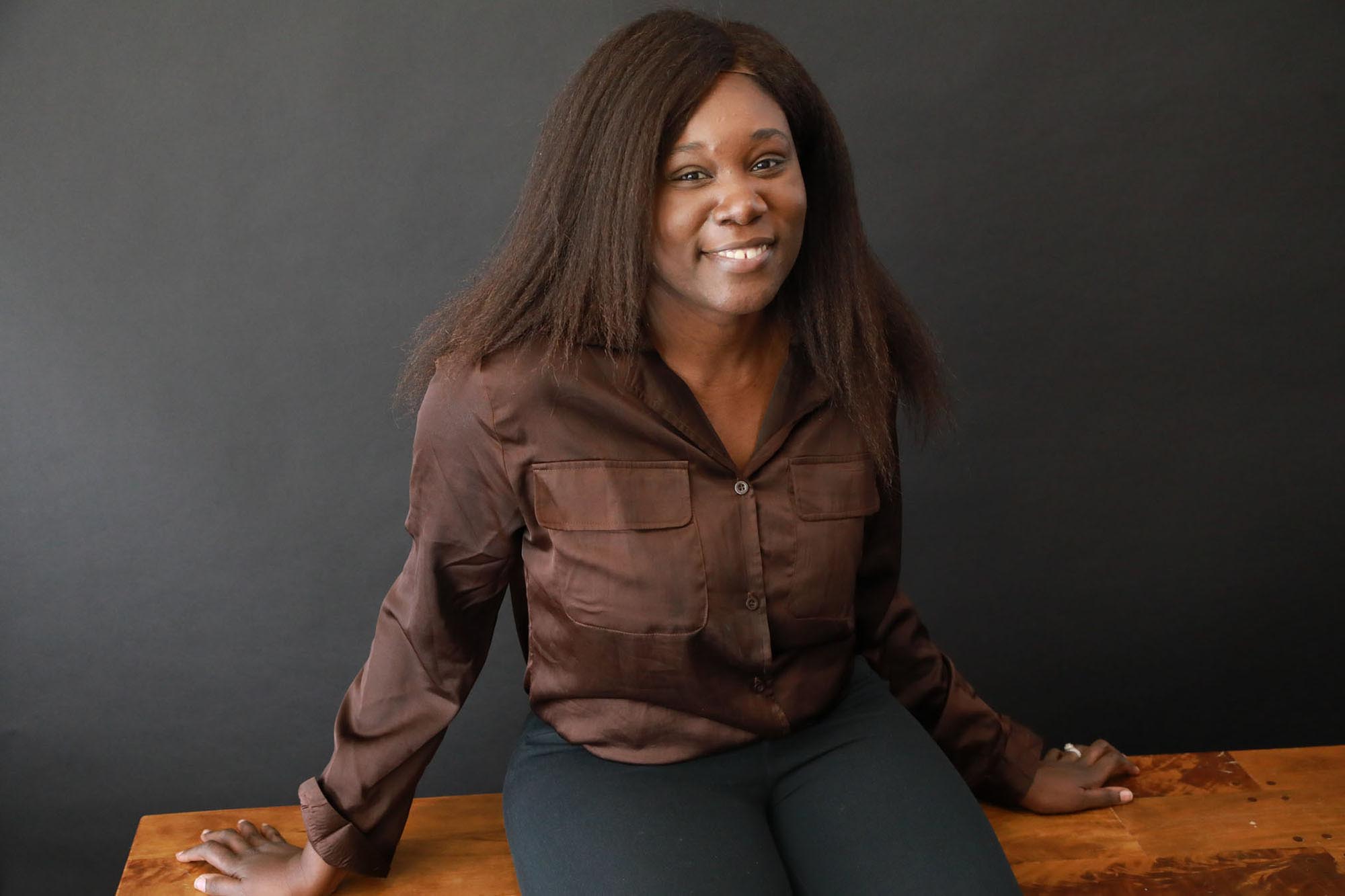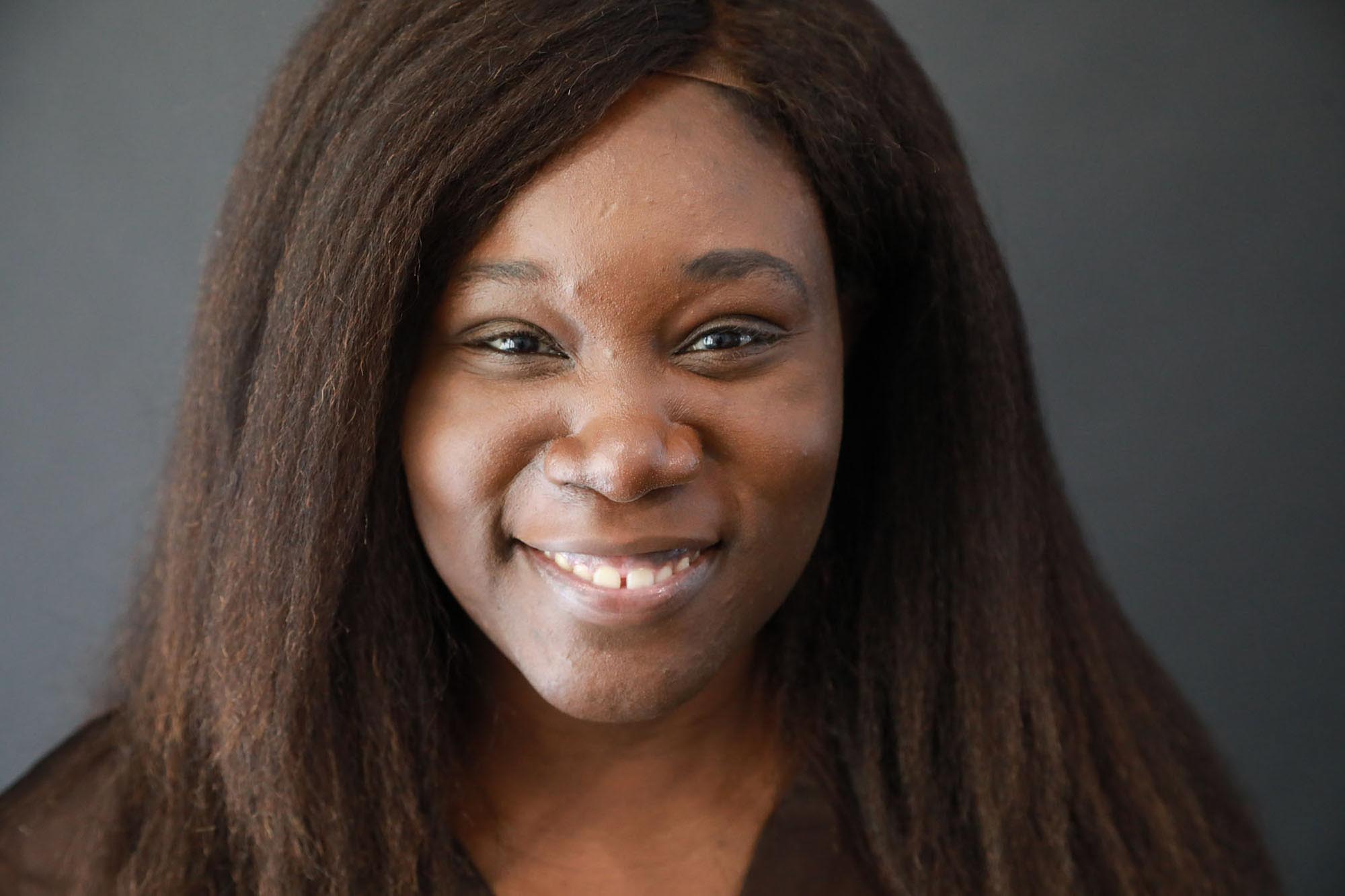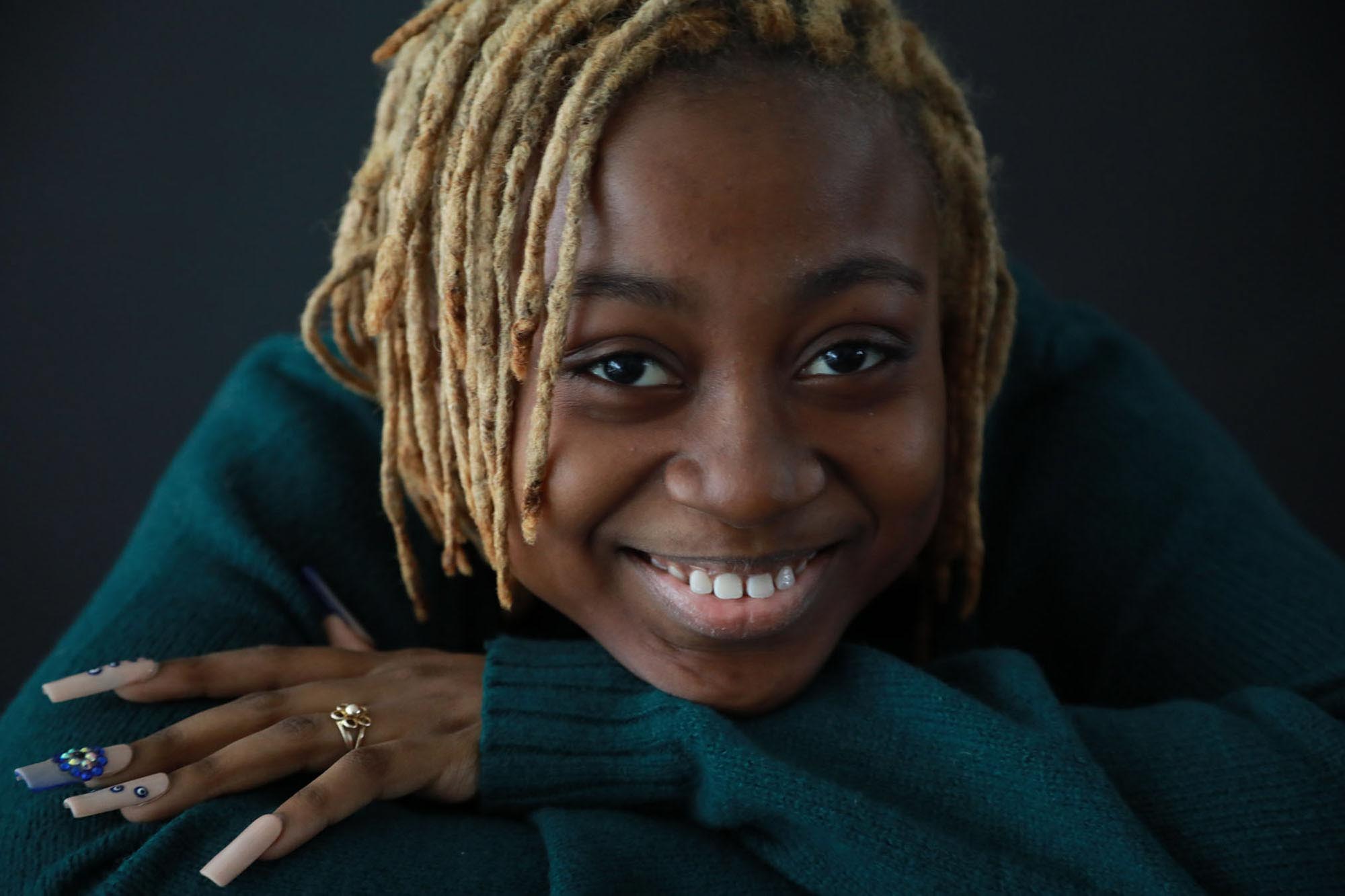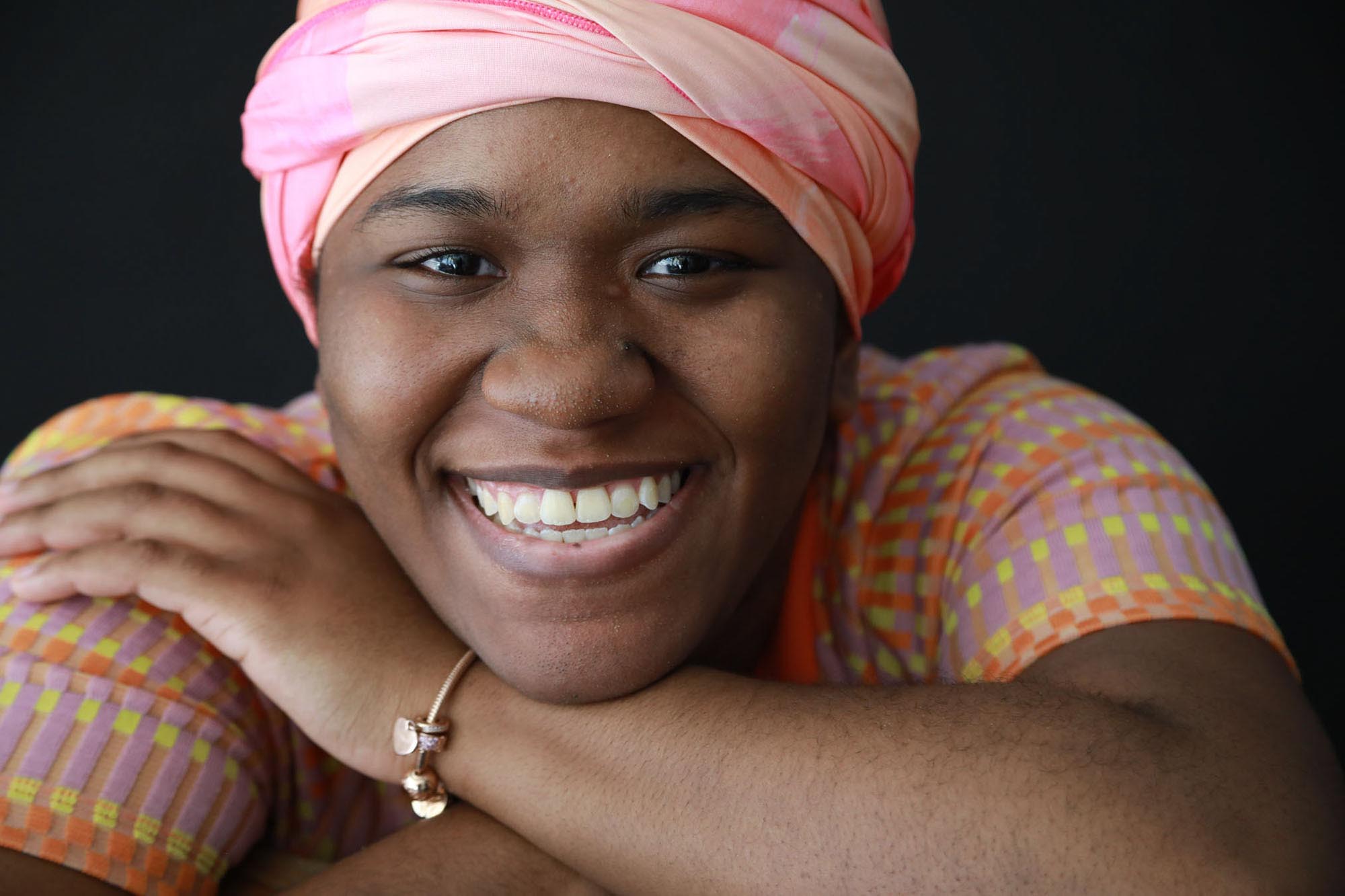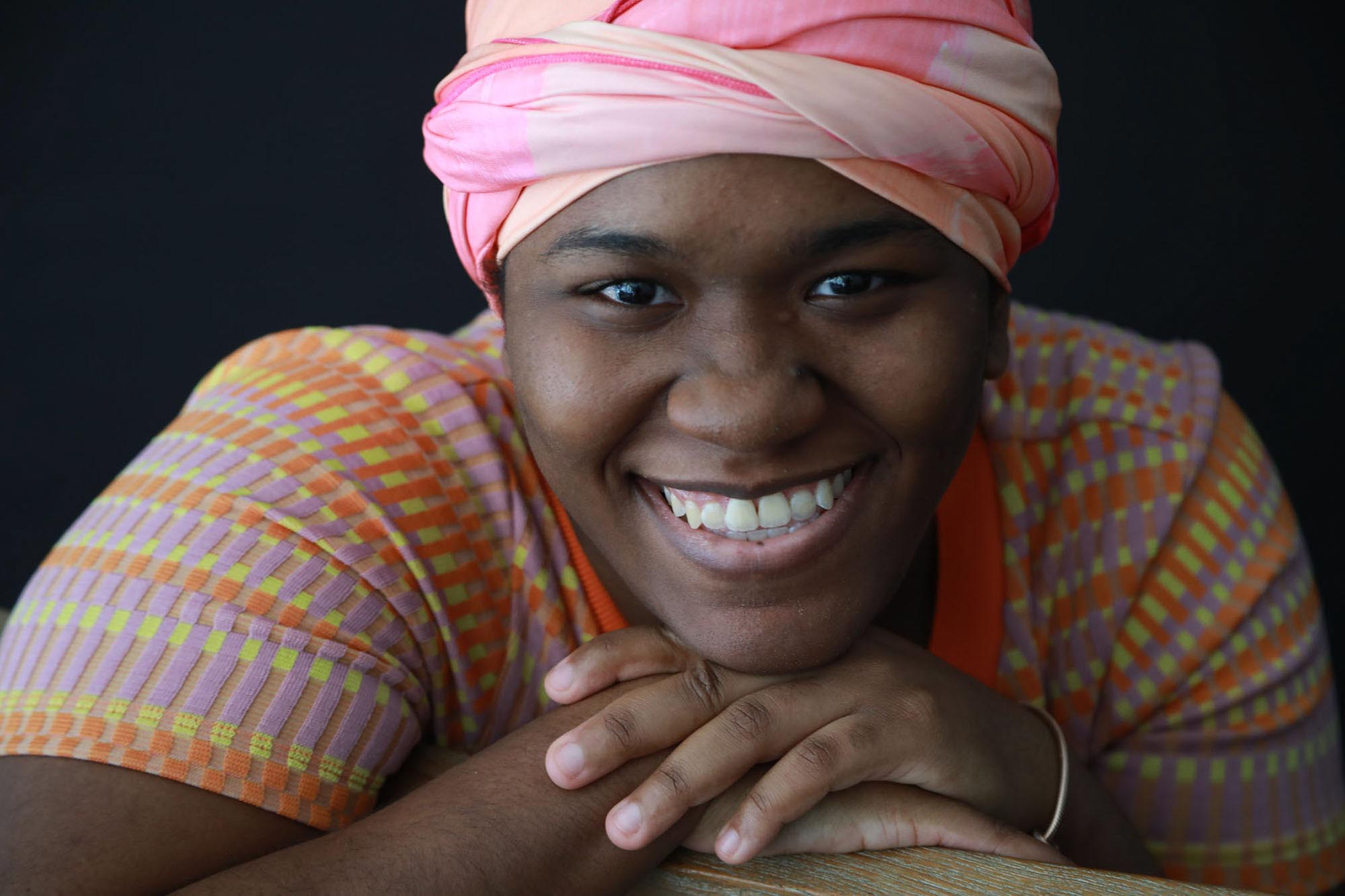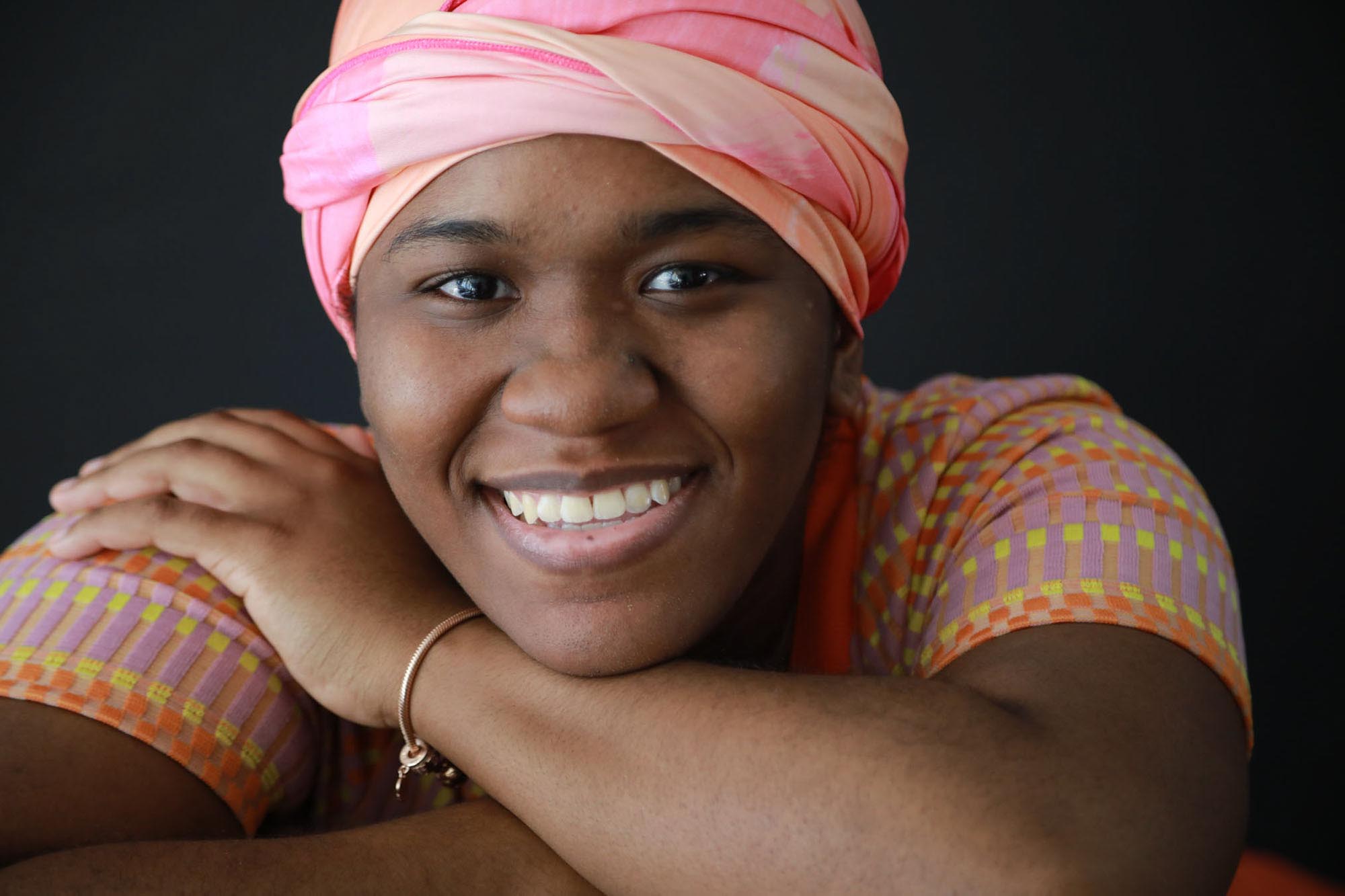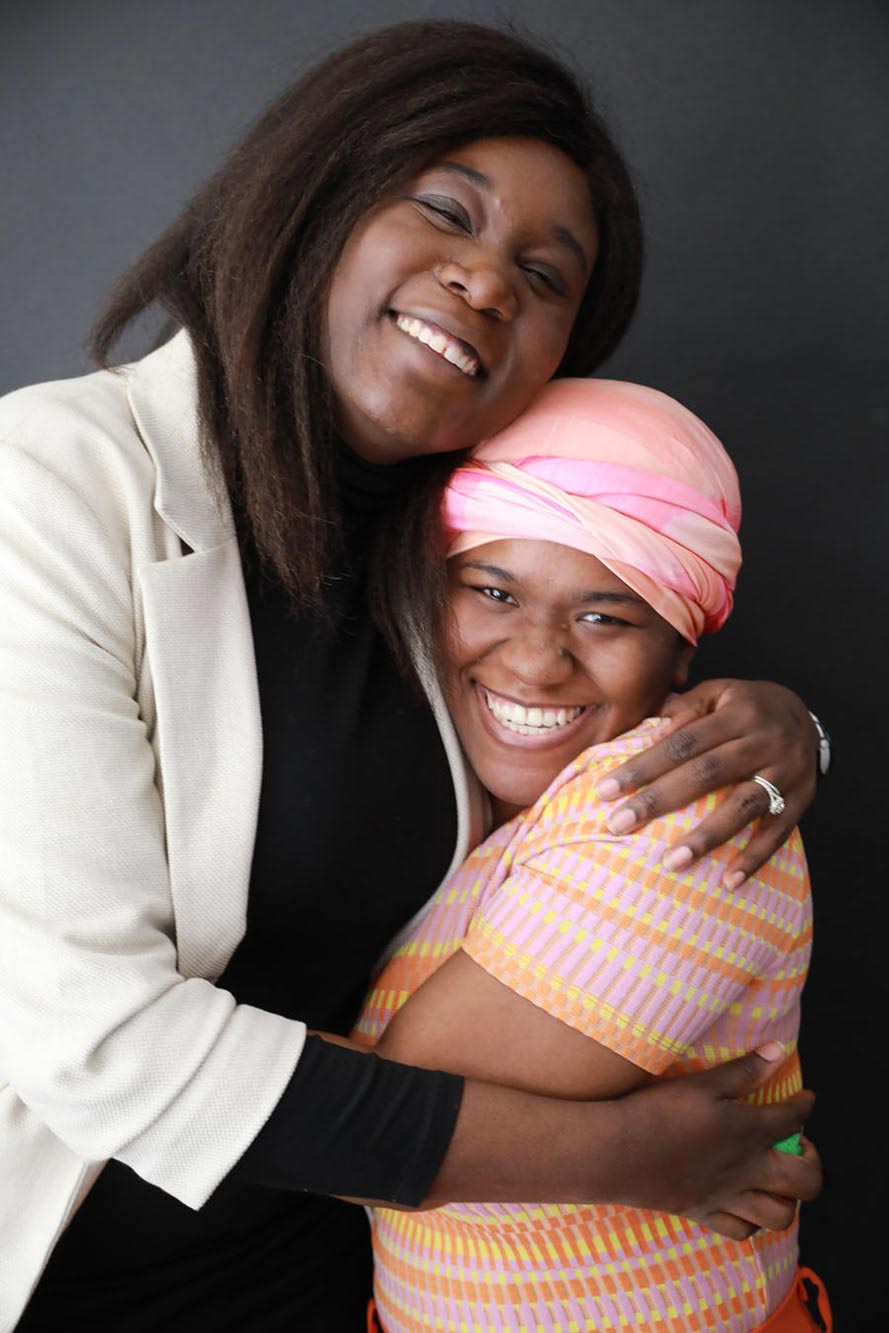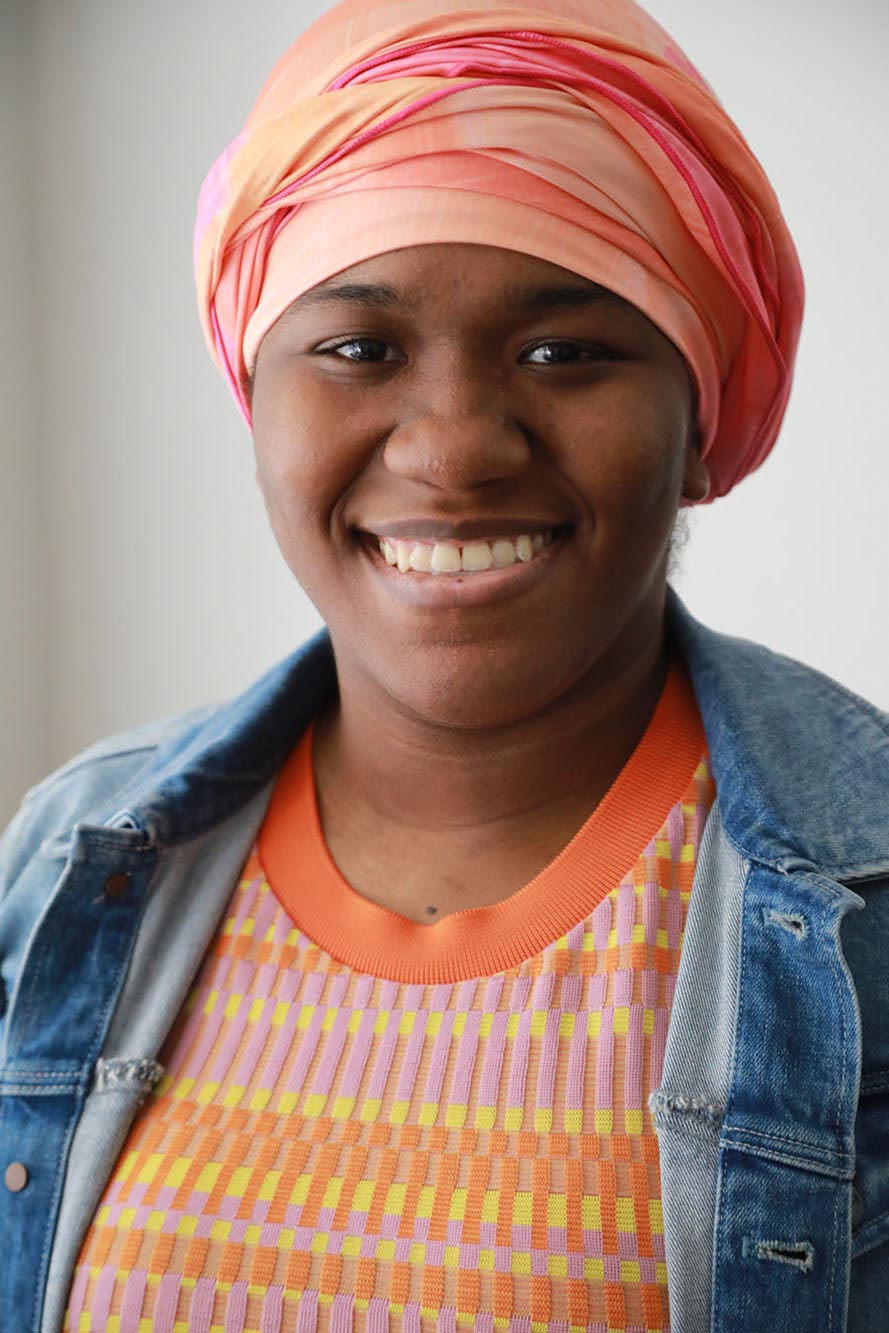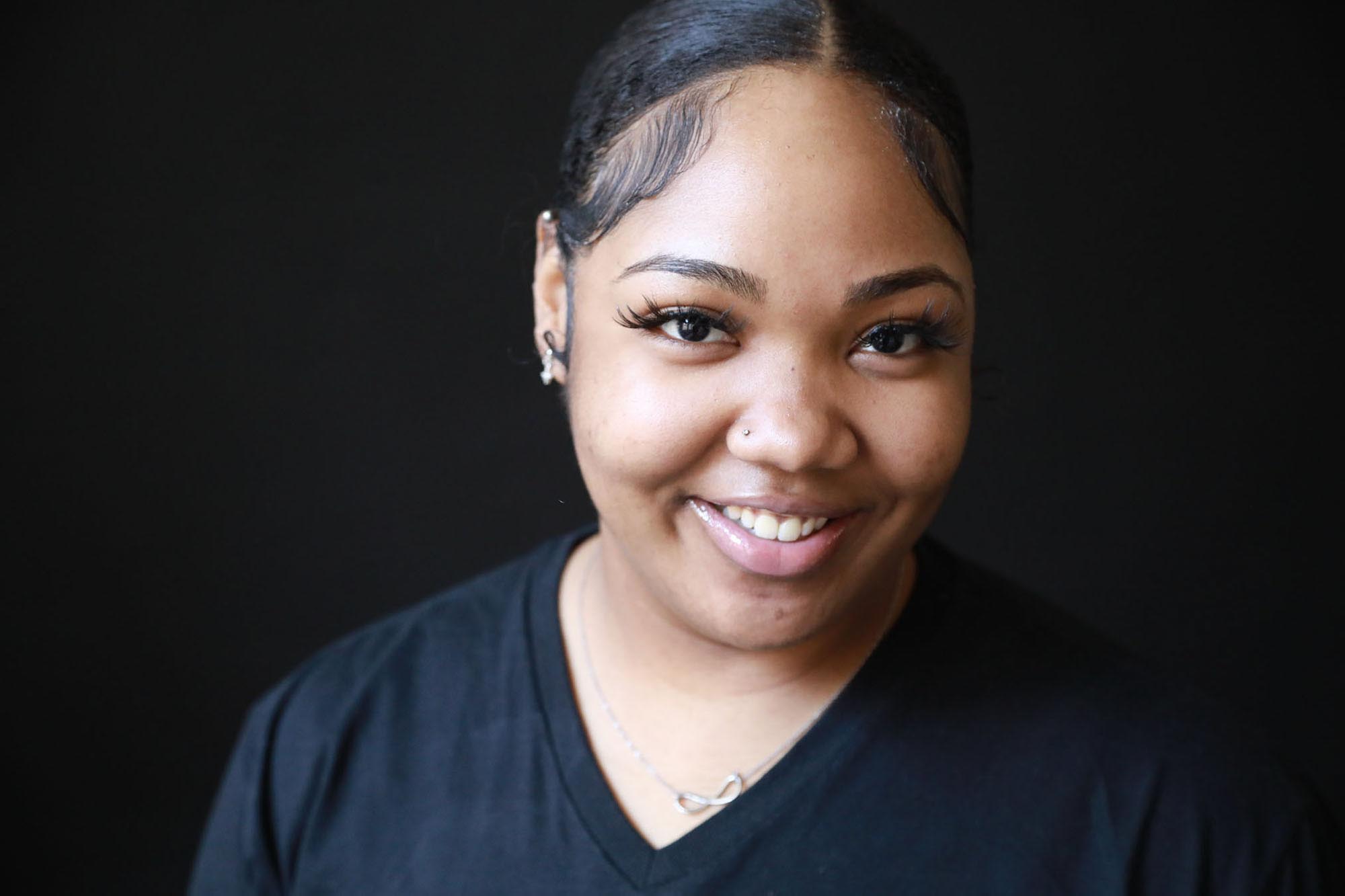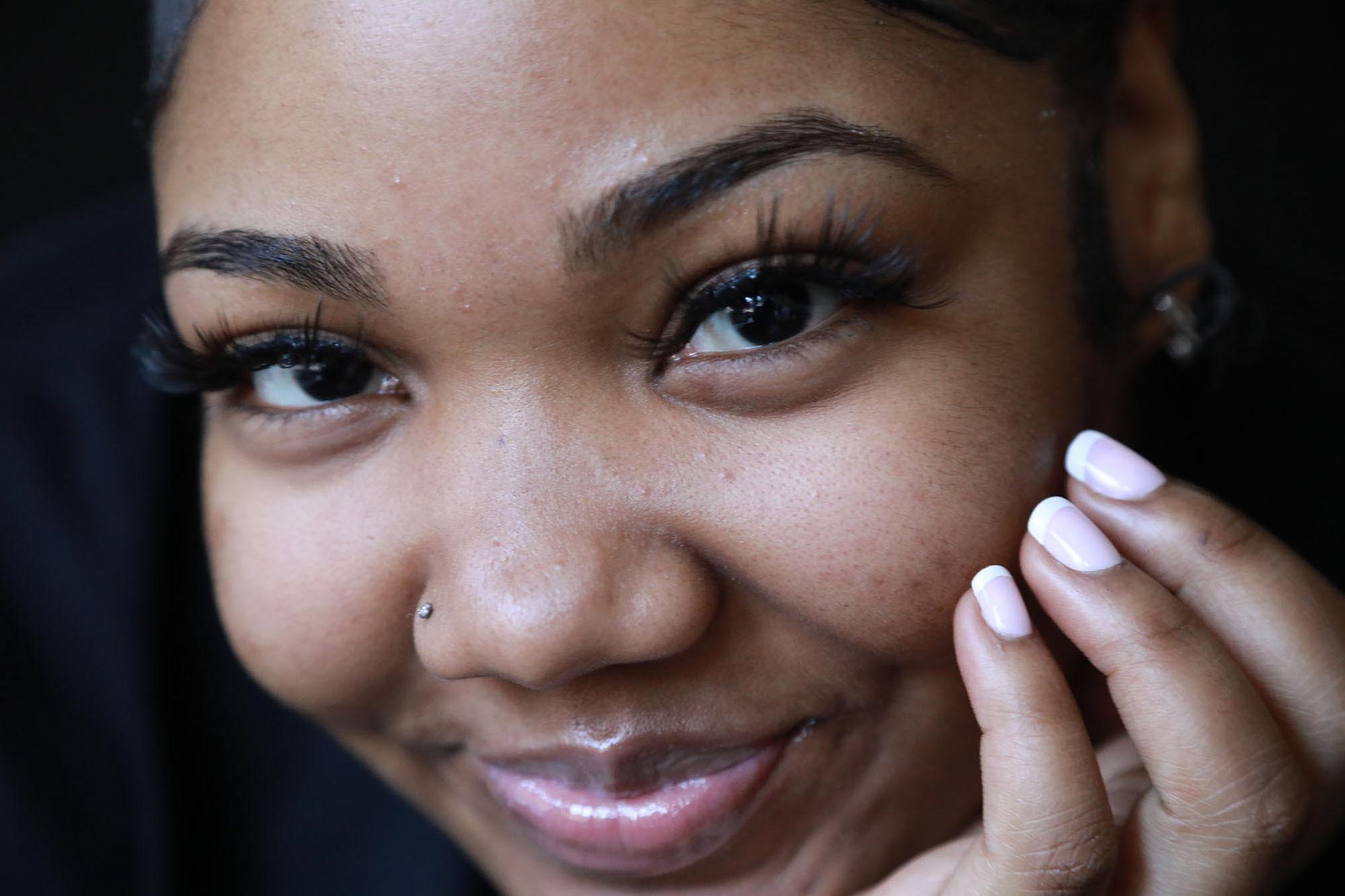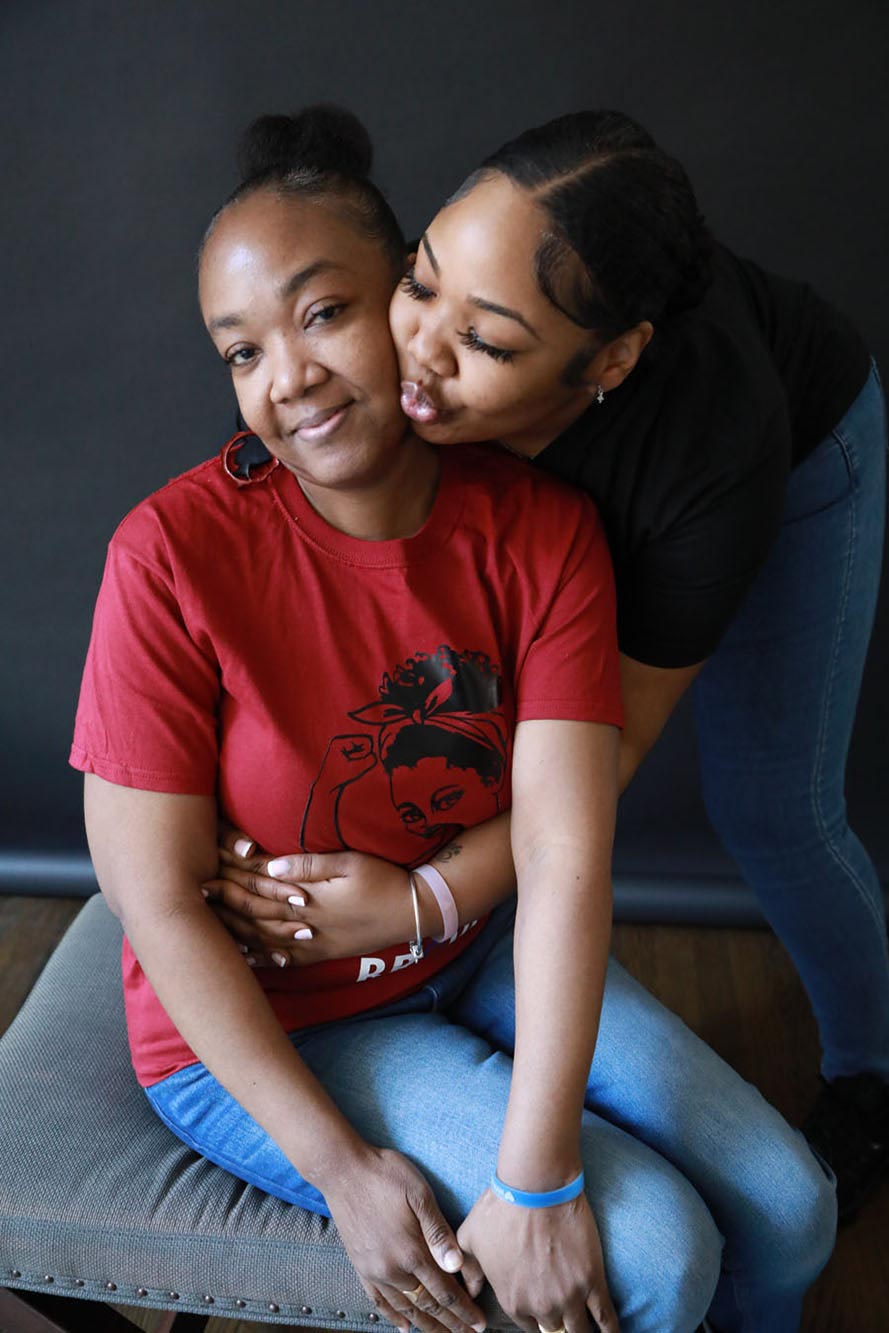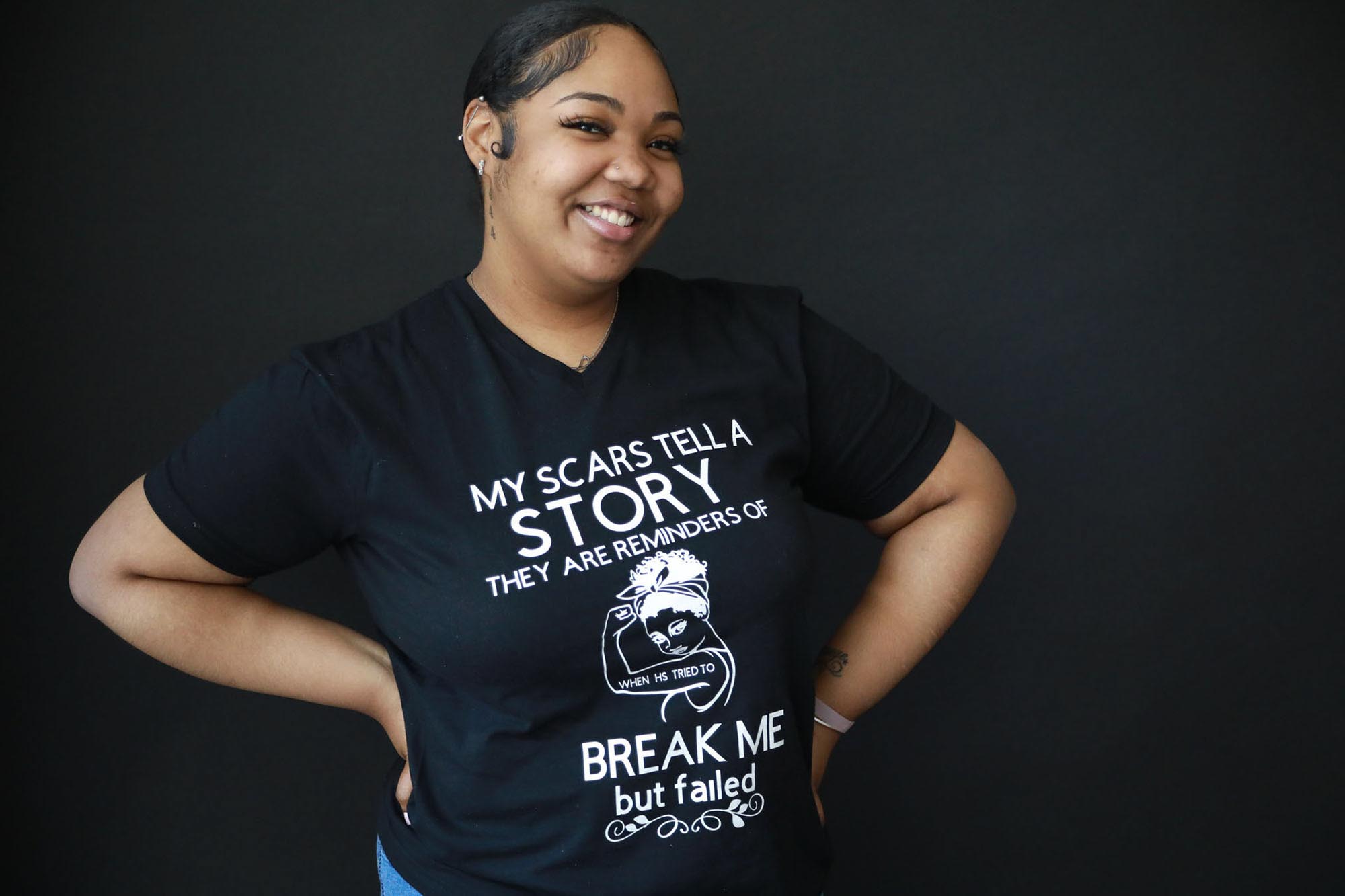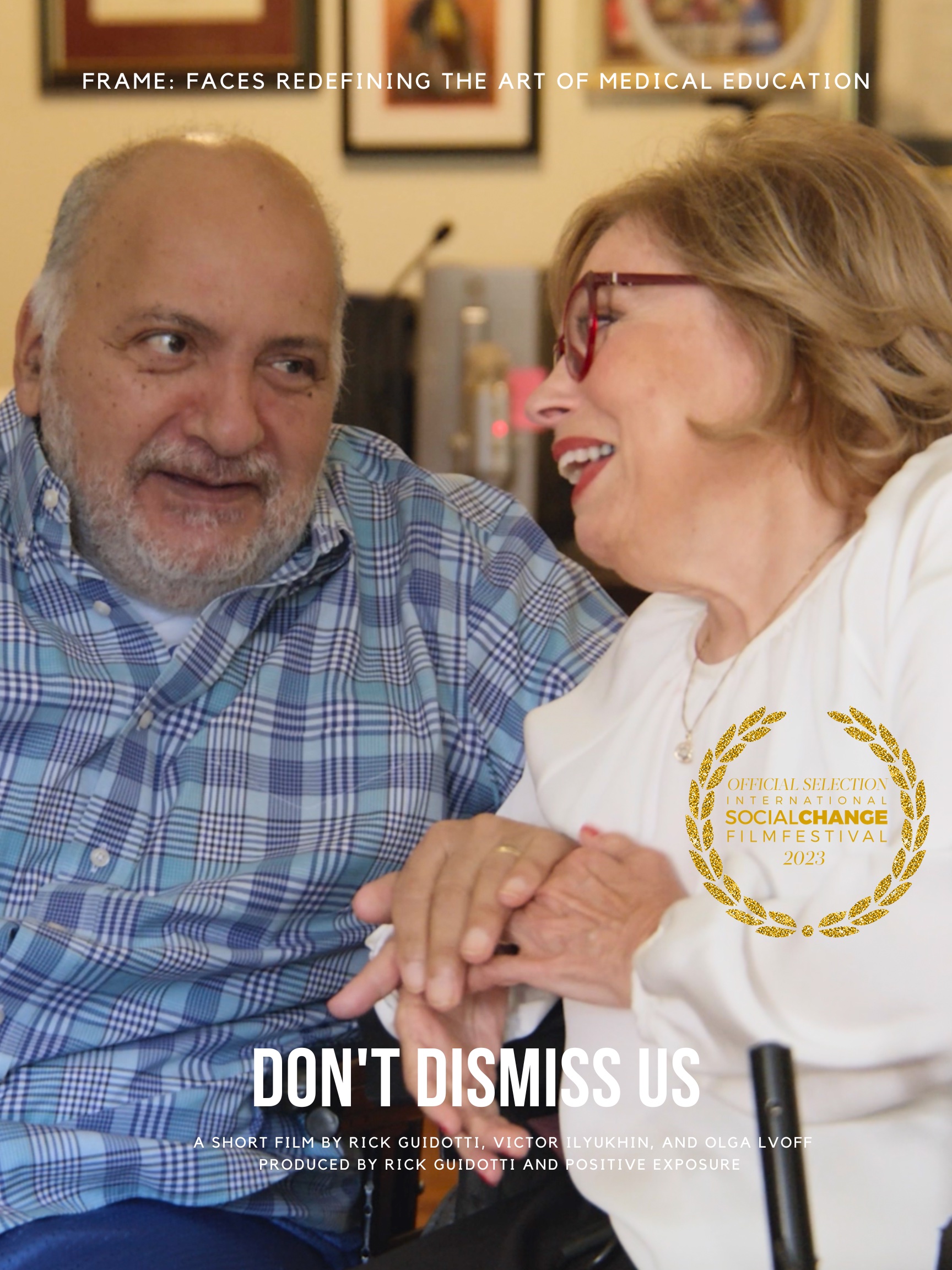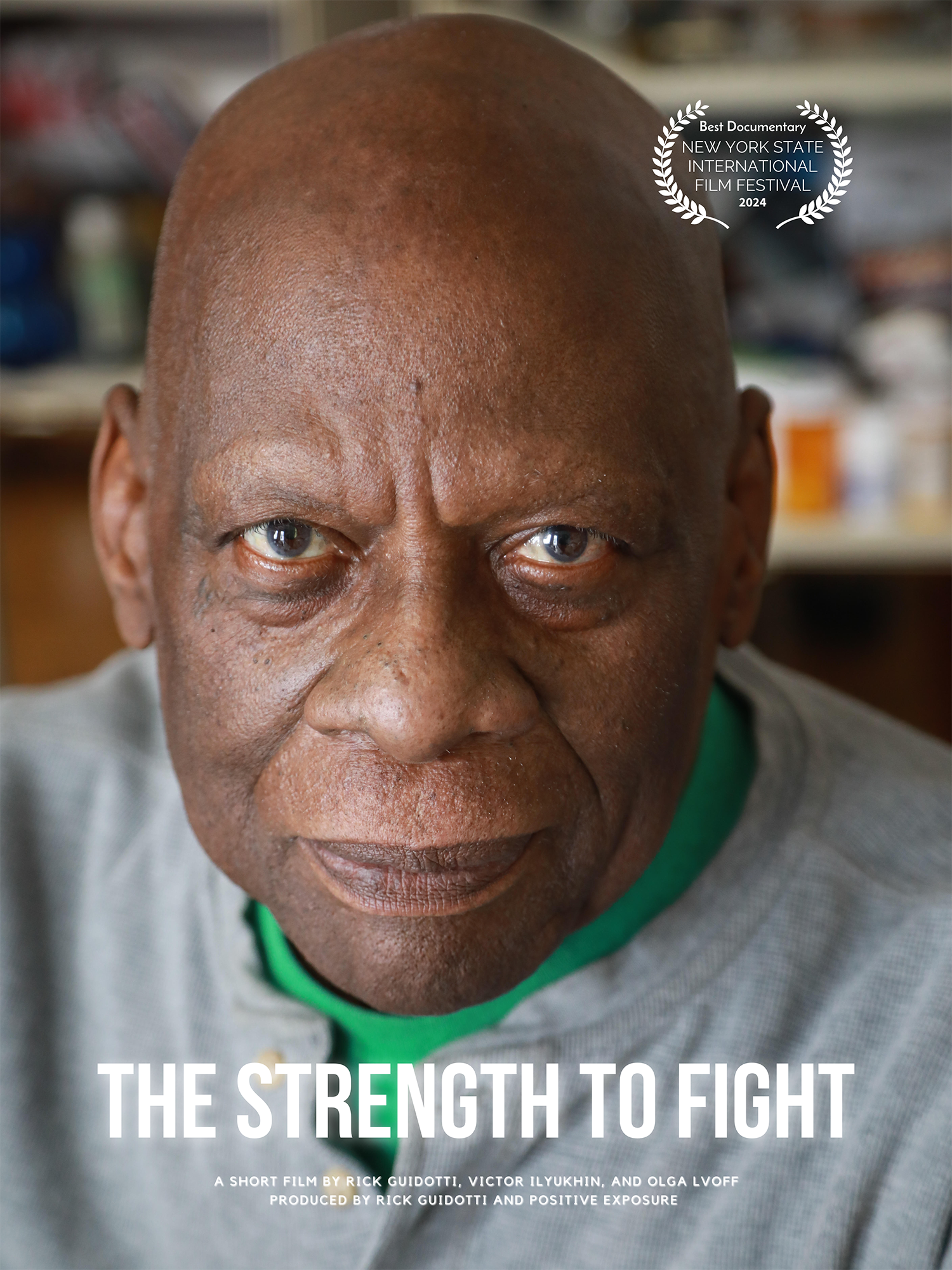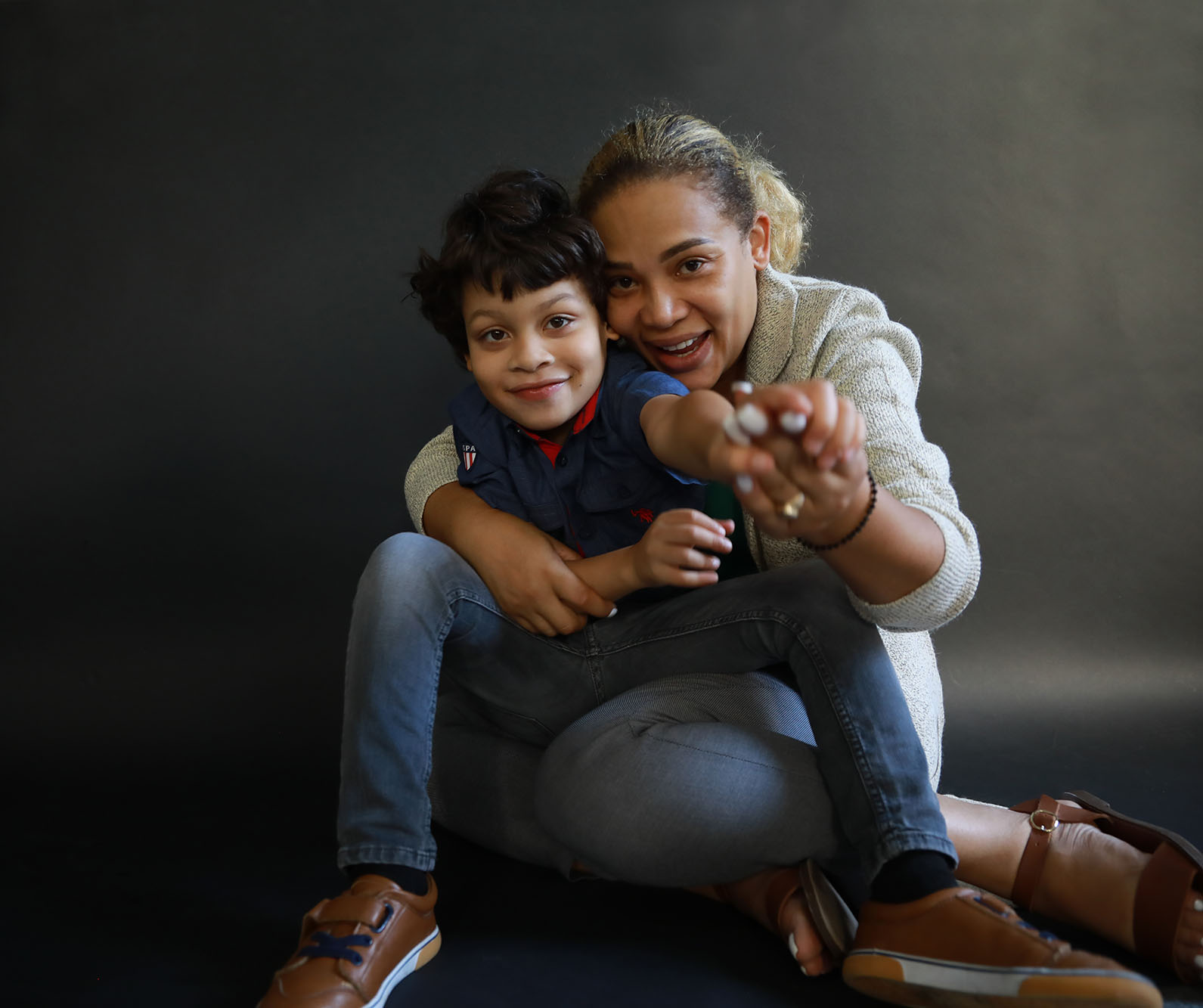Dermatology and the Importance of Representation
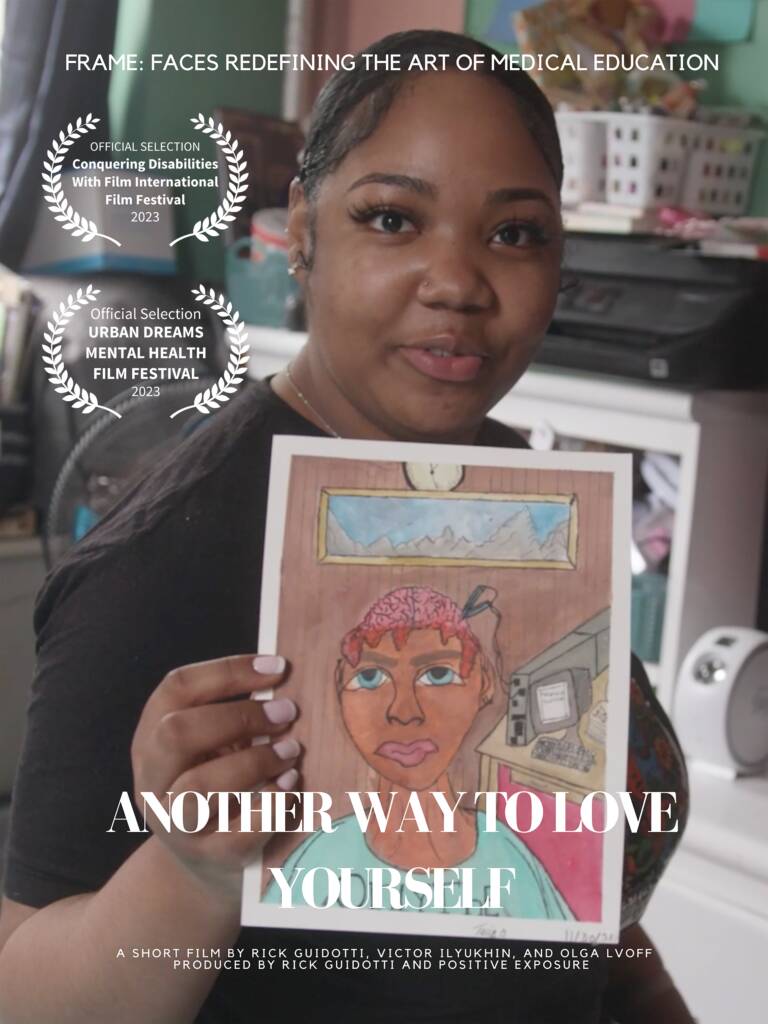
The film explores the importance of representation in medical training, specifically, the lack or representation of skin disorders on black and brown skin in medical training.
This series is created with the support of the Mother Cabrini Health Foundation.
This FRAME film series on representation aims to increase awareness within the medical community of the inequities and existing cultural biases and the impact of disability at the intersections of race and ethnicity on quality of life and health outcomes. There is an urgent need for future interdisciplinary healthcare teams to have a more robust and interpersonal understanding of diversity across the social determinants of health.
The American Academy of Dermatology has identified the lack of diversity in the dermatology residency and medical student curriculum as well as among practicing dermatologists as a priority issue. The images presented in dermatology lectures, websites, AAD modules, and conferences are heavily skewed toward lighter skin. The lack of easily accessible images in a variety of professional and public media forms contributes to a lack of familiarity among physicians and other clinicians with managing dermatologic conditions in skin of color. As new technologies such as artificial intelligence are developed, having skin of color underrepresented in dermatologic tools may lead to faulty A.I. tools. Even in regions of the country with large majorities of light-skinned persons, there are often small but increasing populations of people with skin of color, including refugees. Thus, greater awareness of dermatologic conditions in skin of color is important across the country for both specialists and primary care physicians and other providers.
The statistics to support this film series is staggering. According to the CDC, 61 million adults in the United States live with a disability. 26 percent (one in 4) of adults in the United States have some type of disability. Disabilities occur among all racial, ethnic, and socioeconomic groups. Recent estimates in the United States show that about one in six, or about 17%, of children aged 3 through 17 years have one or more developmental disabilities. Through vigorous cross-sector partnerships with health advocacy organizations and educational institutions, our programs support and promote the humanity and dignity of individuals living with genetic, physical, intellectual and behavioral differences in medical training and in the broader public arena
A recurring theme voiced by many of our families and organizations is the need to help physicians, medical students and other health care trainees learn how to best meet the concerns of individuals and families impacted by disability. For this reason, it is imperative that humanity is integral in medical education. It is crucial to train future generations of healthcare professionals to see individuals living with disabilities first and foremost as a human being with his/her own challenges rather than as a specific diagnosis/disease entity.
Related Tags
Gallery
Related FRAME Projects
Dont Dismiss Us. Film explores disability at the intersection of aging, diversity, representation, and inclusion. Featuring disability rights / disability [...]
Created in Collaboration with the Sickle Cell Awareness Foundation Corp Int (SCAFCI). SCAFI is a comprehensive, non-profit organization that provides [...]
The importance of representation in Genetic Education. A lack of representation is noted through a random selection of online image [...]

